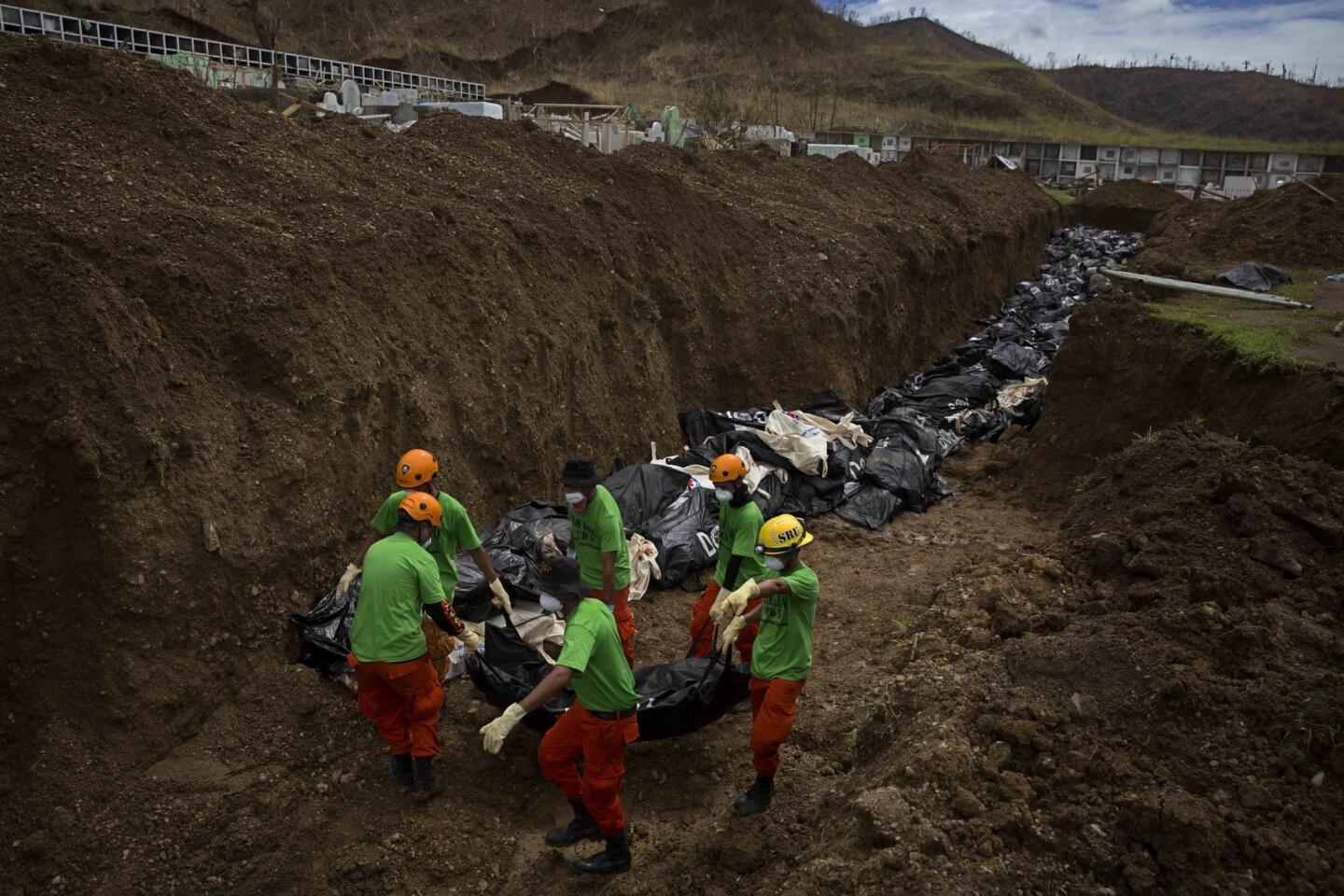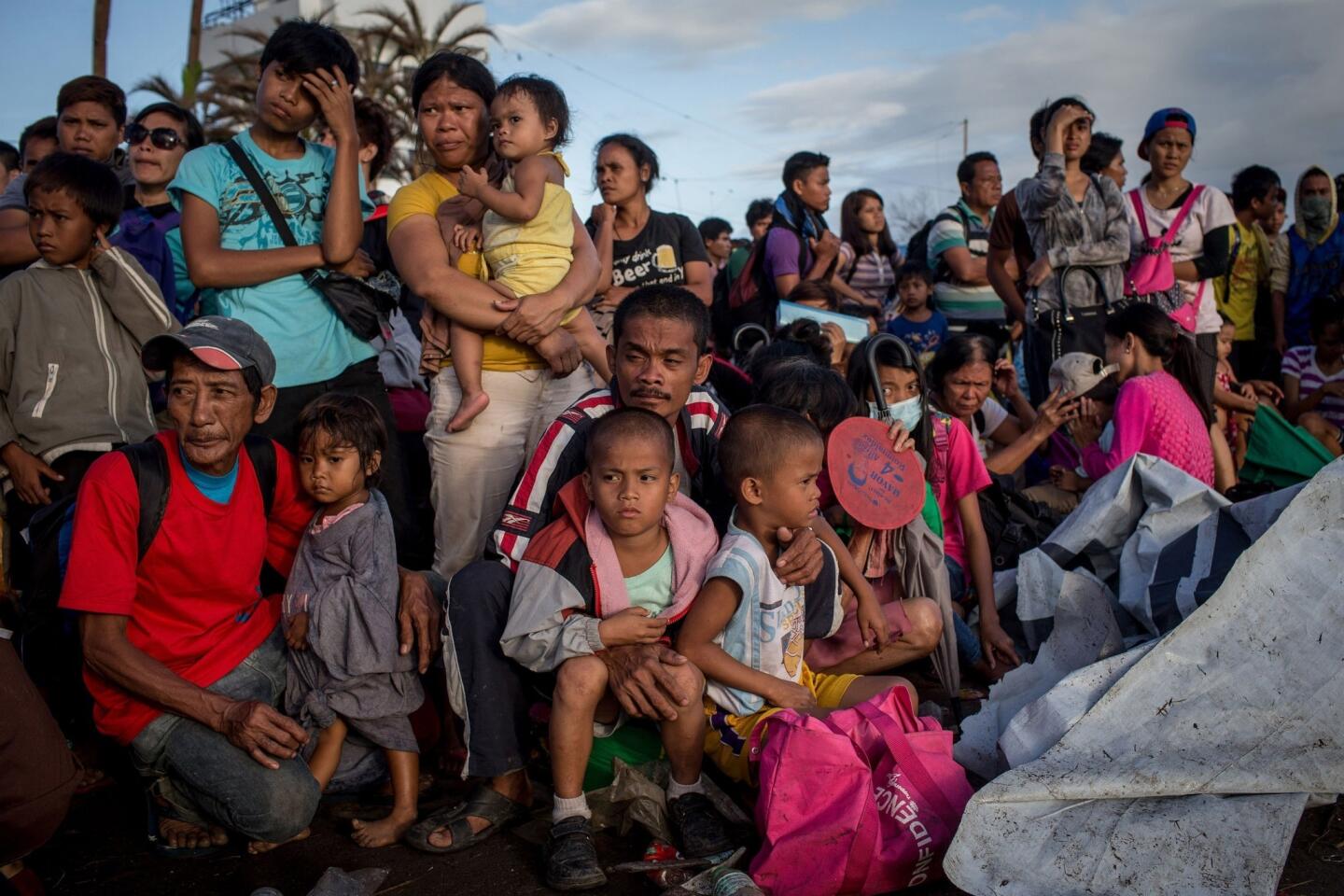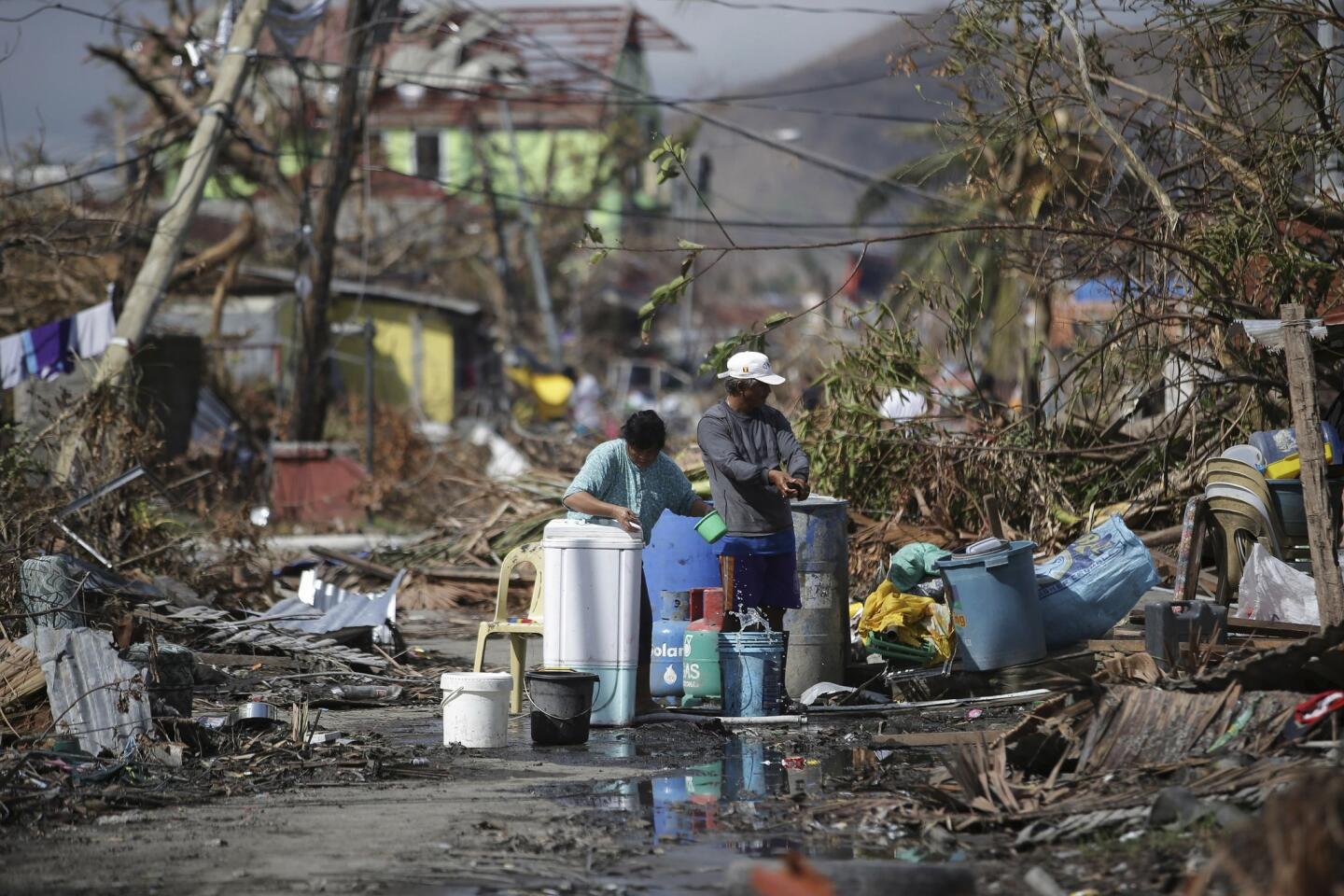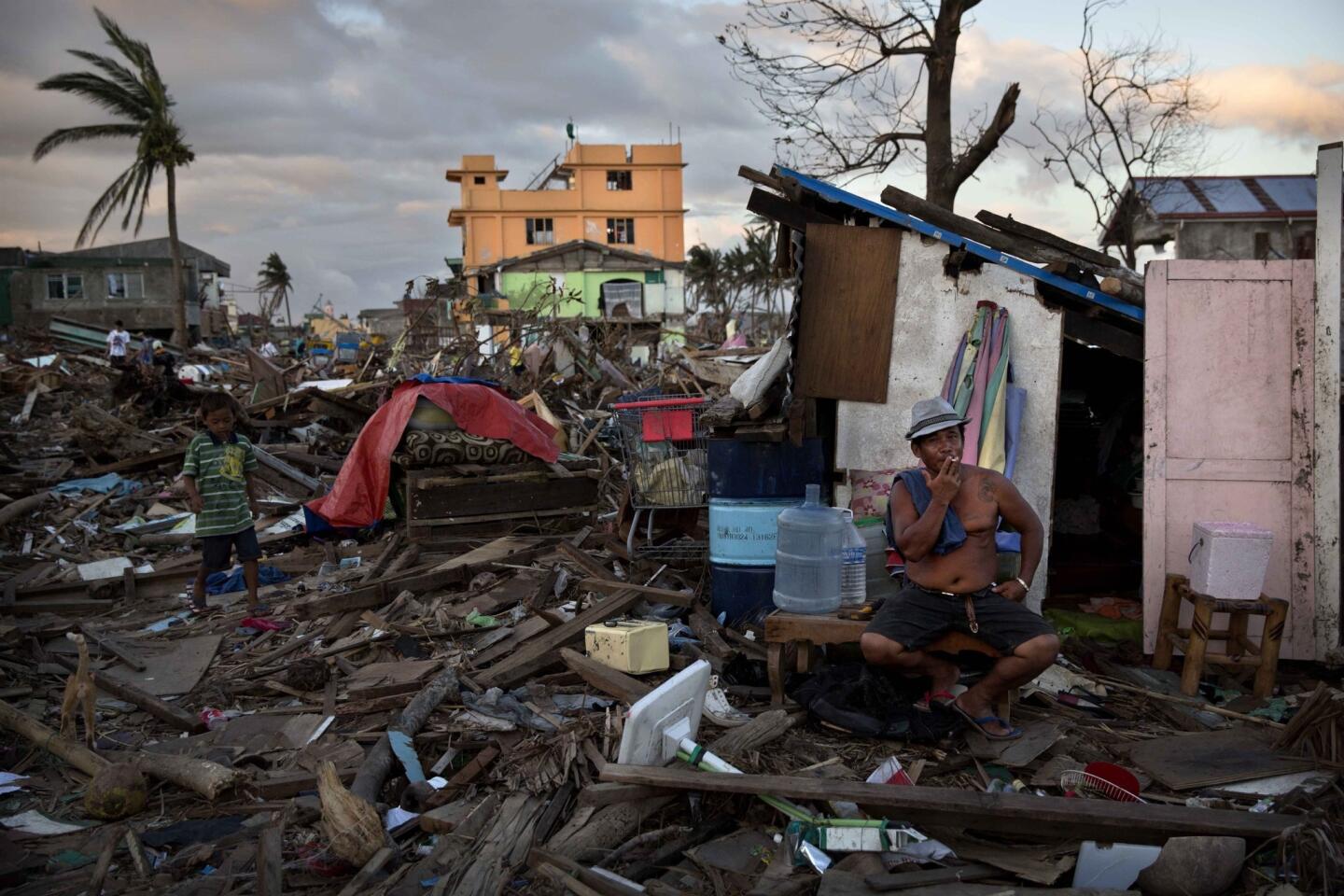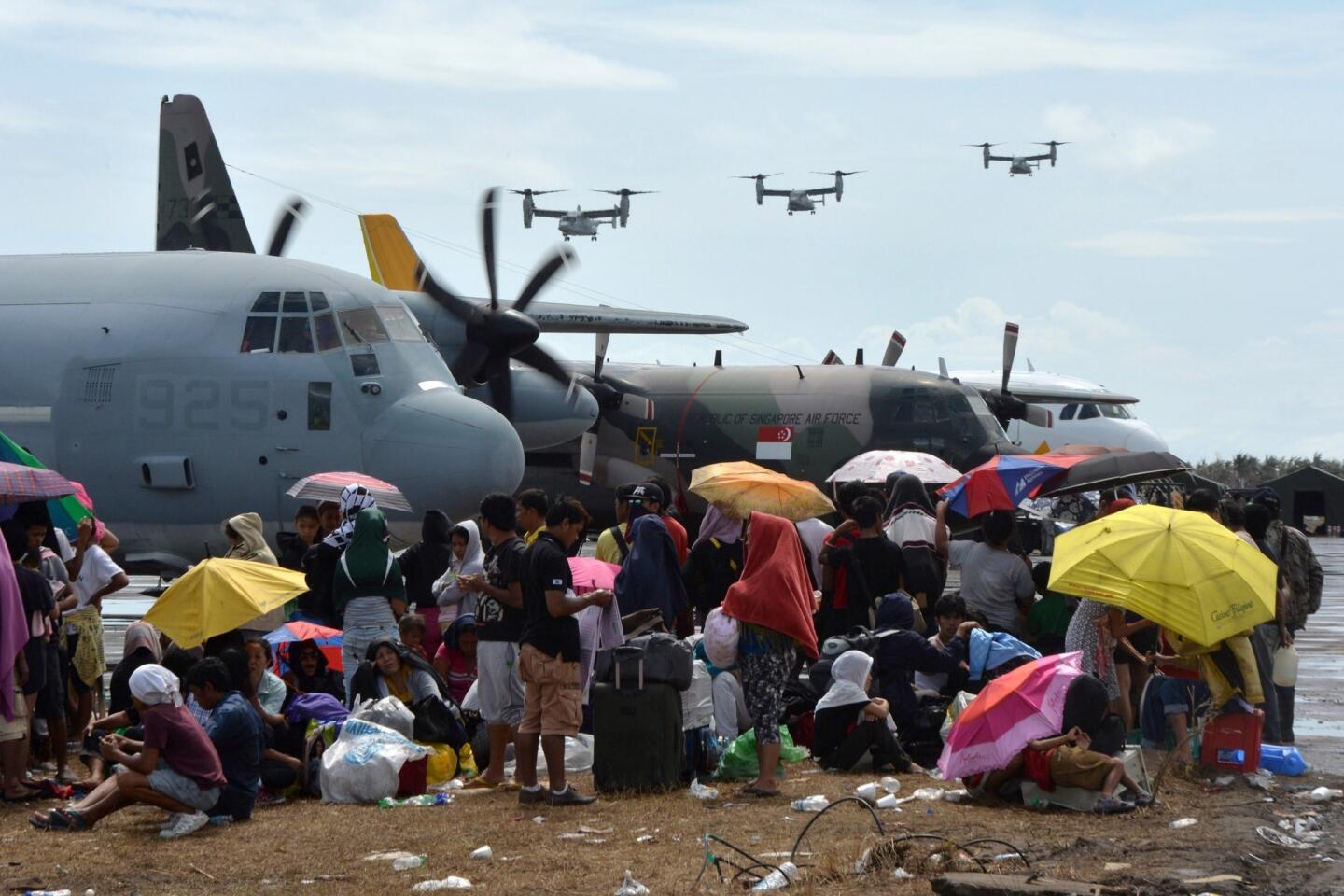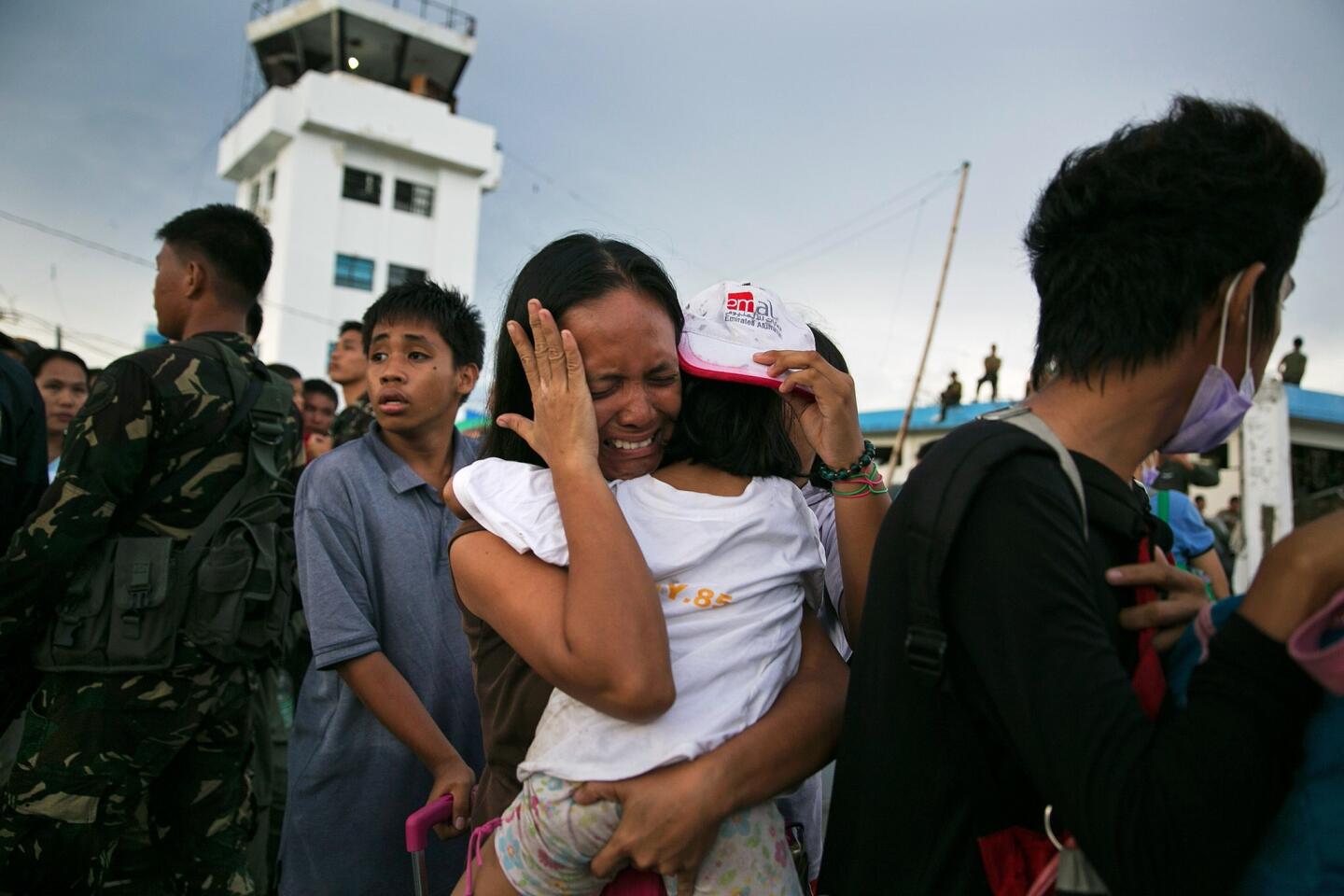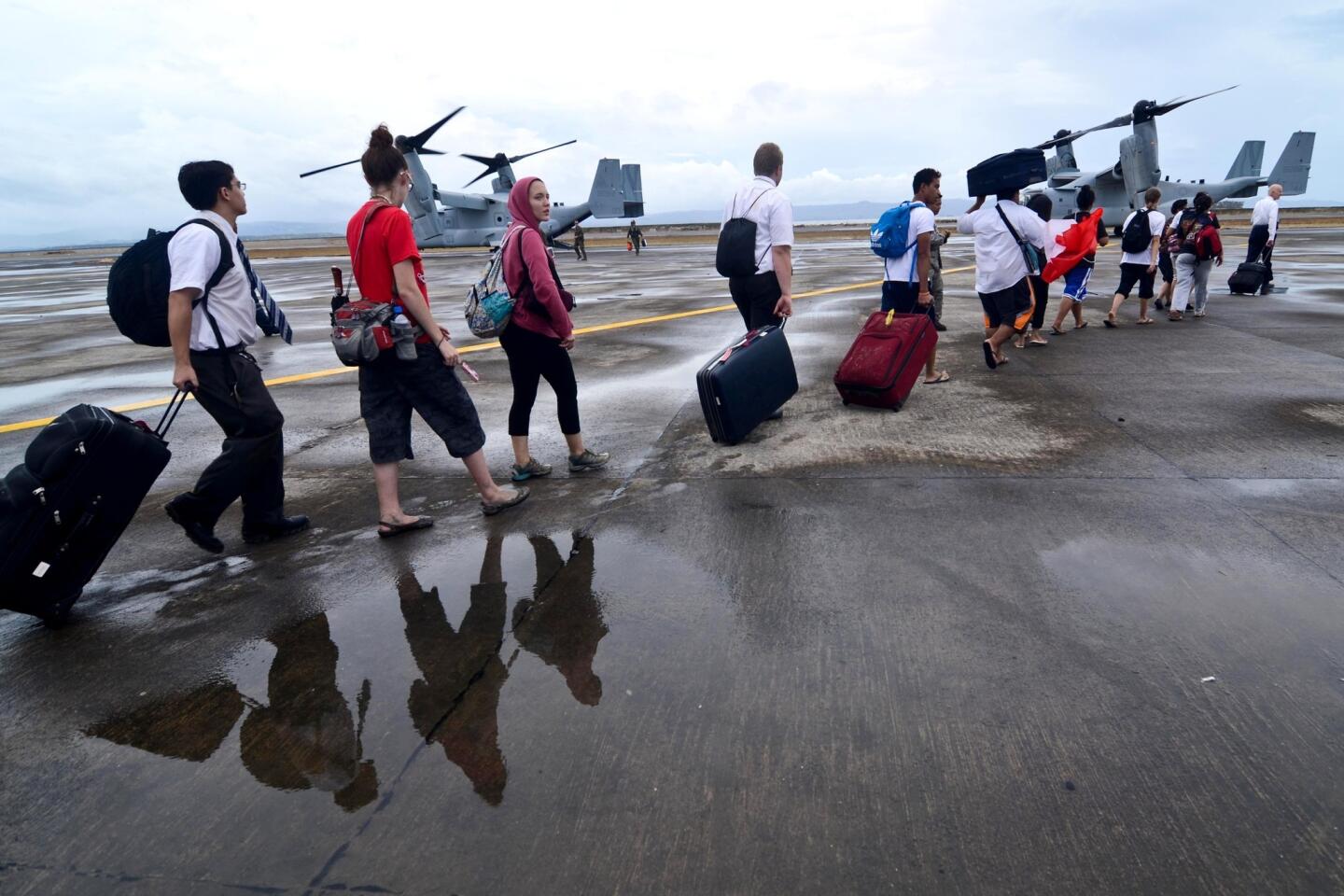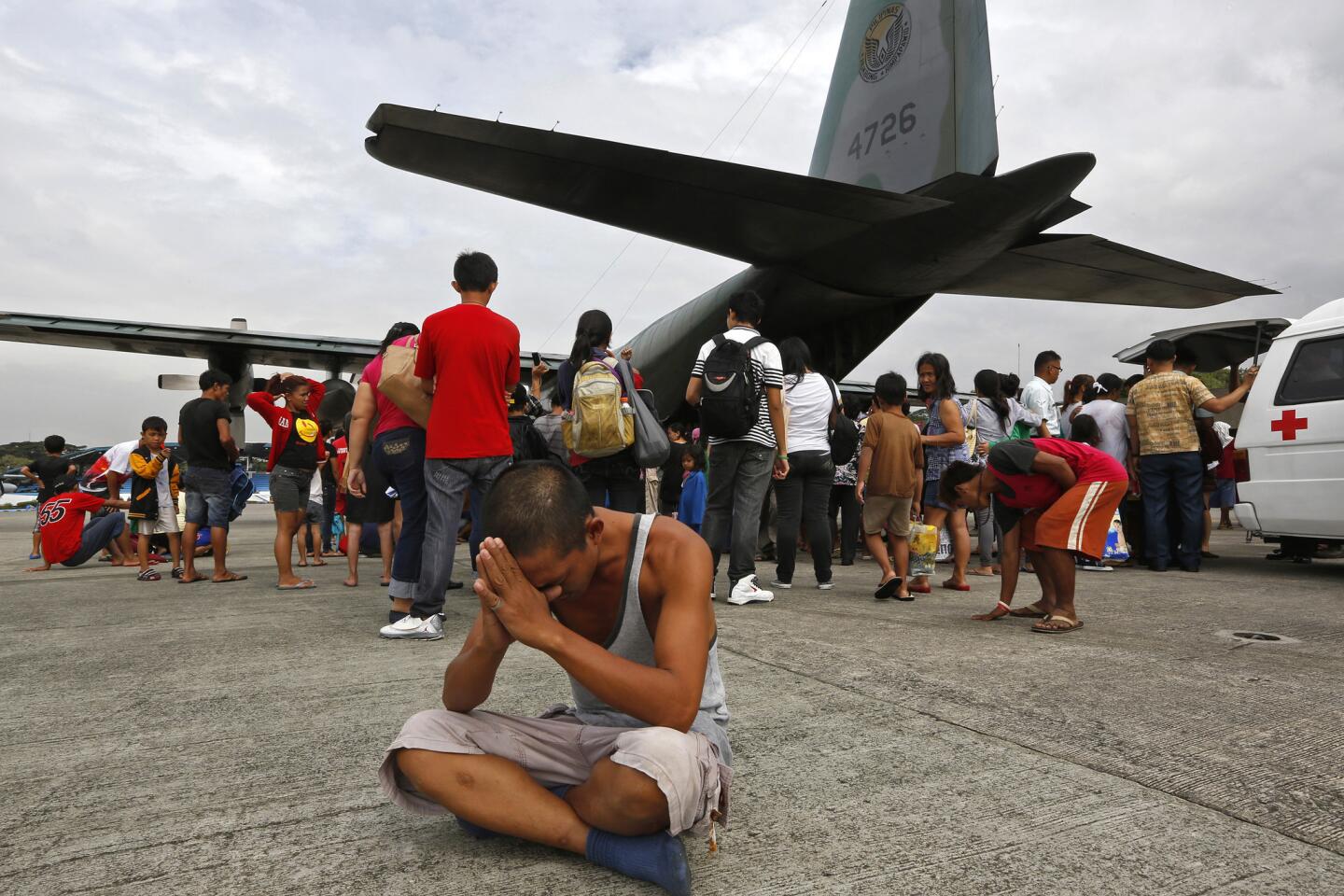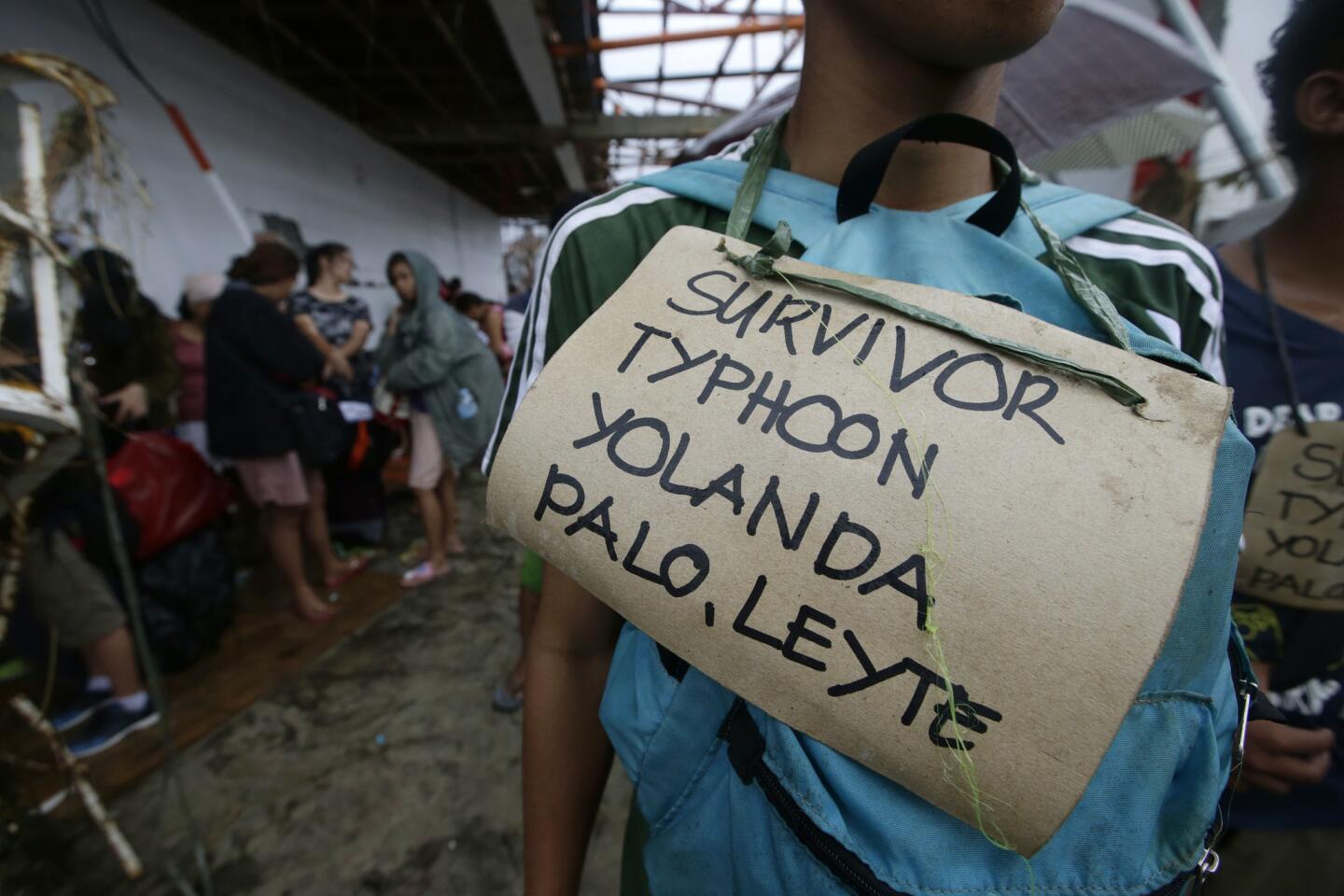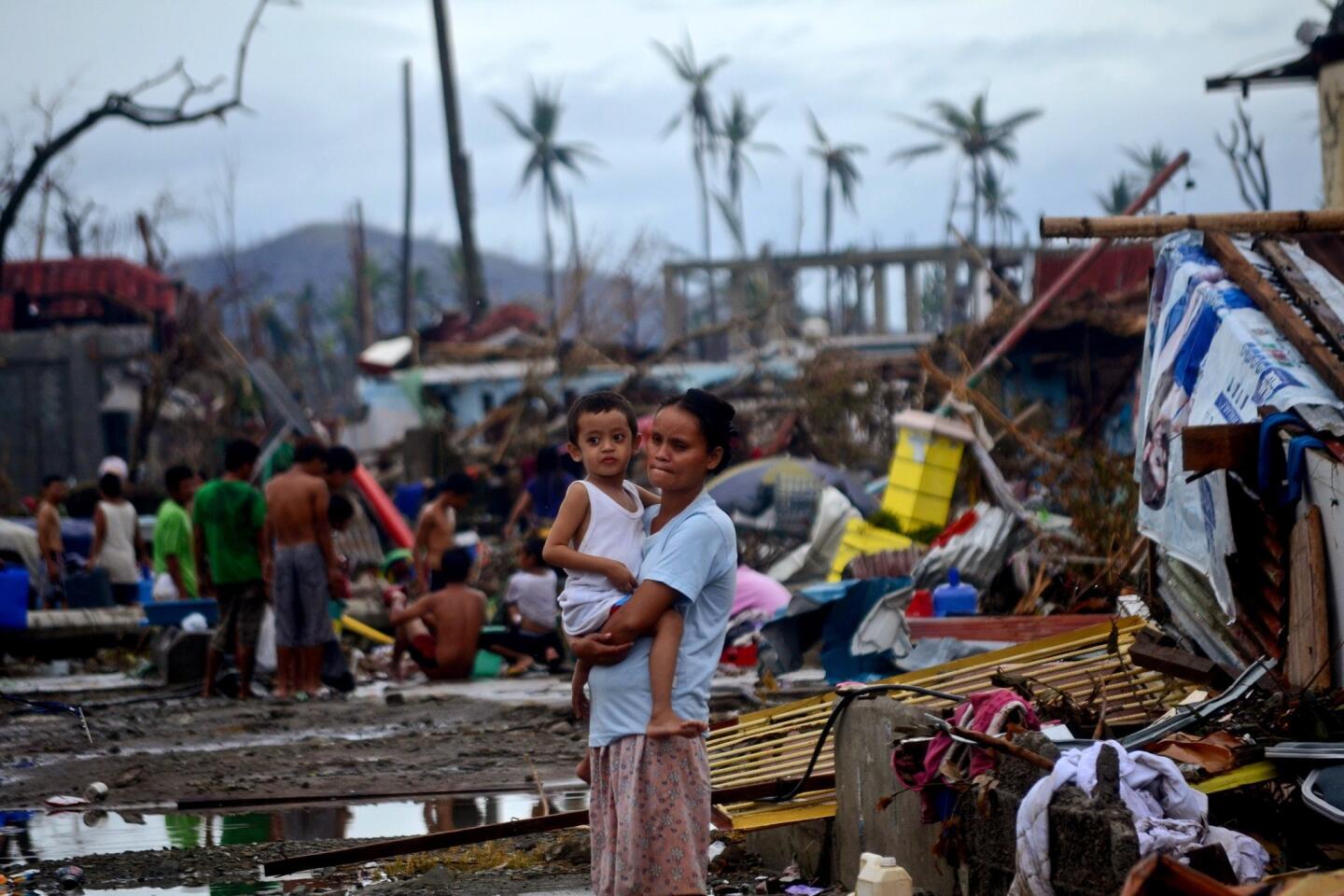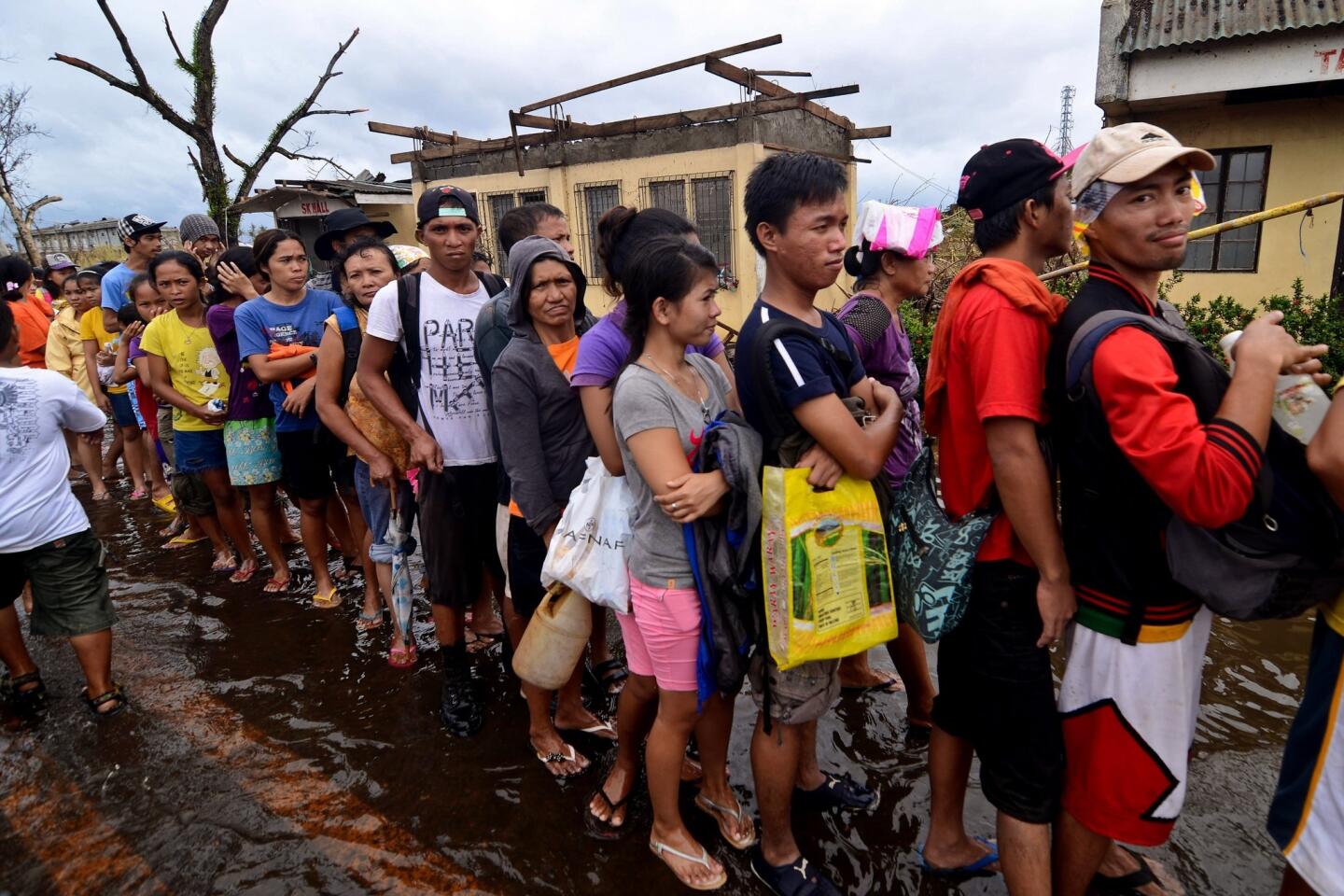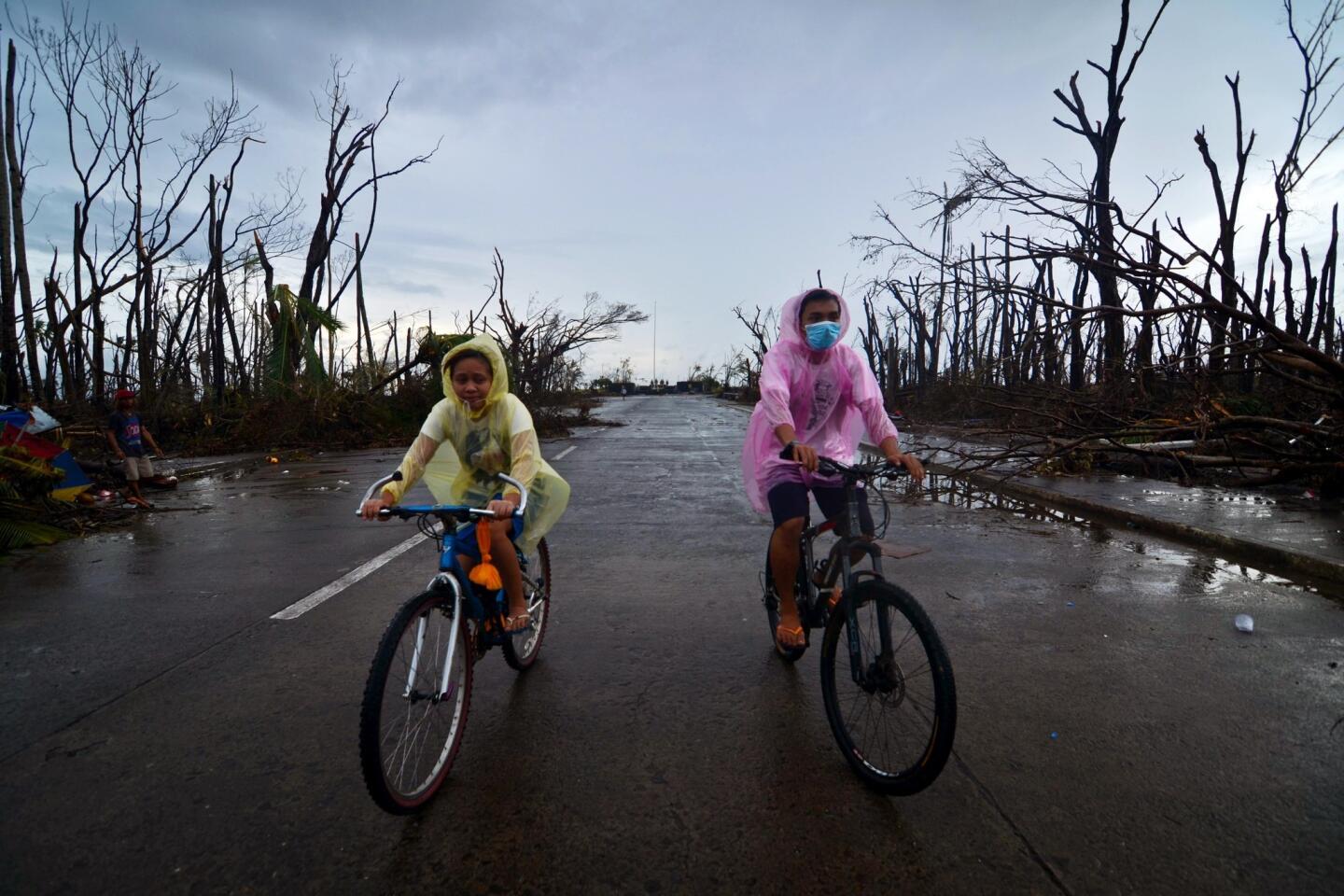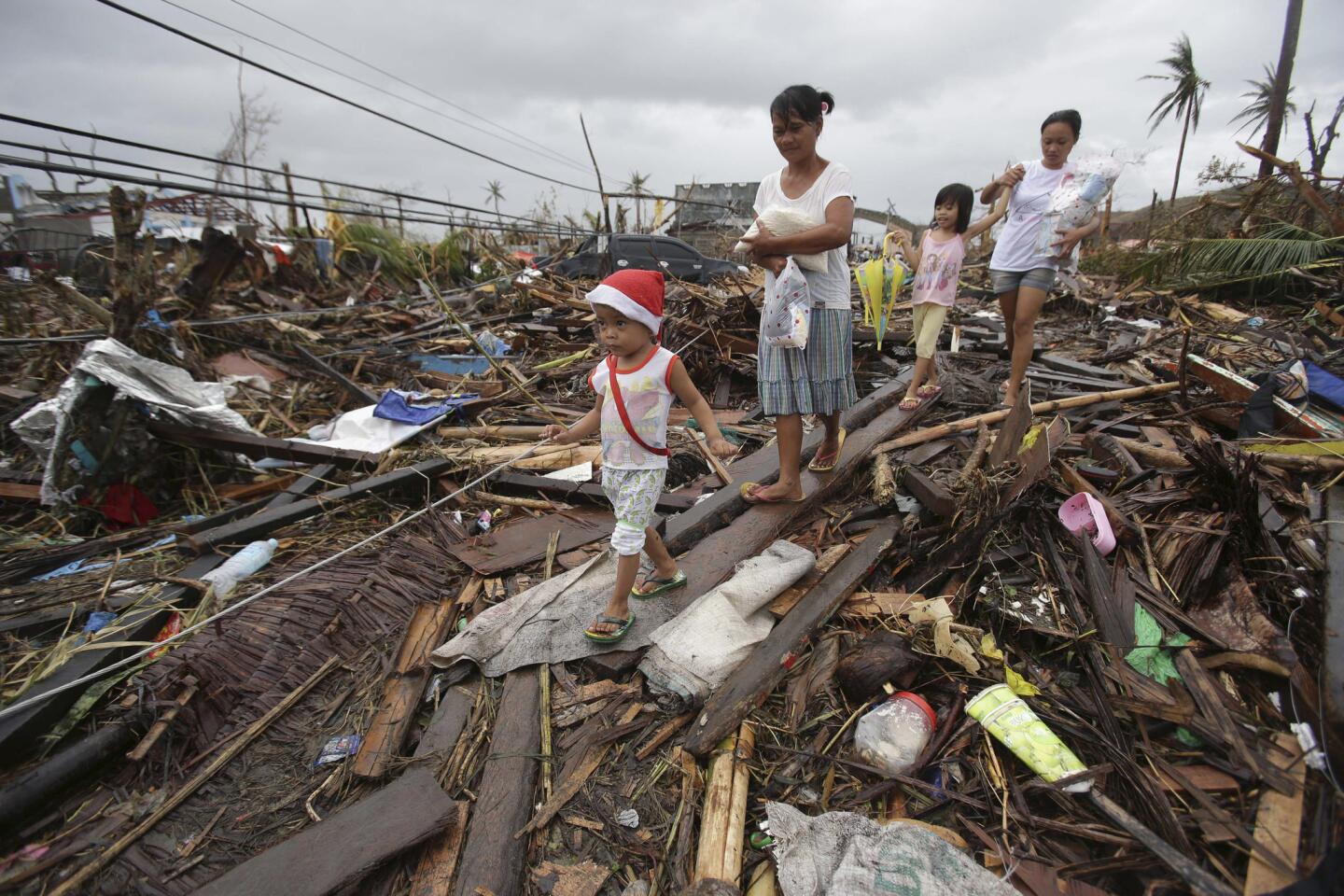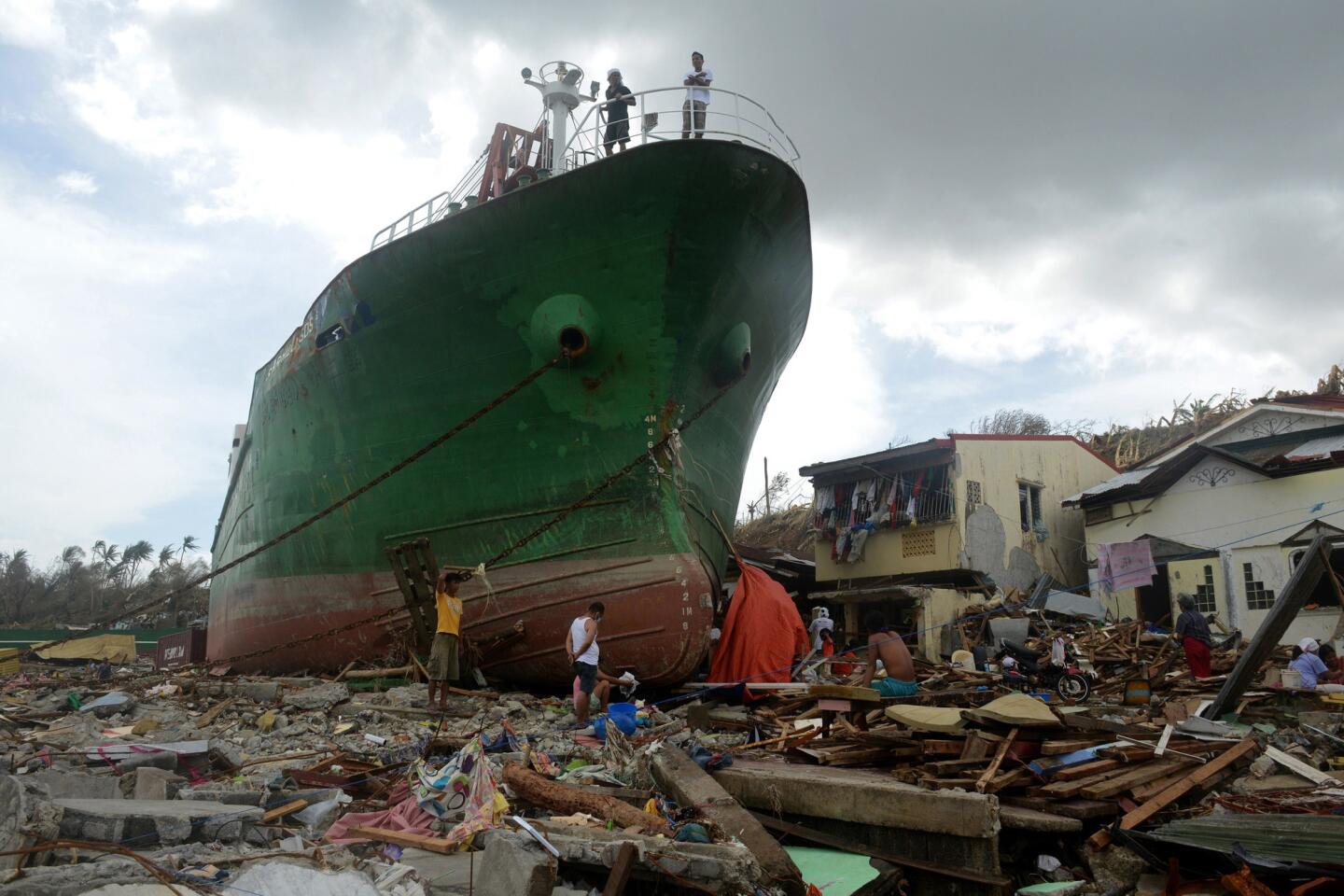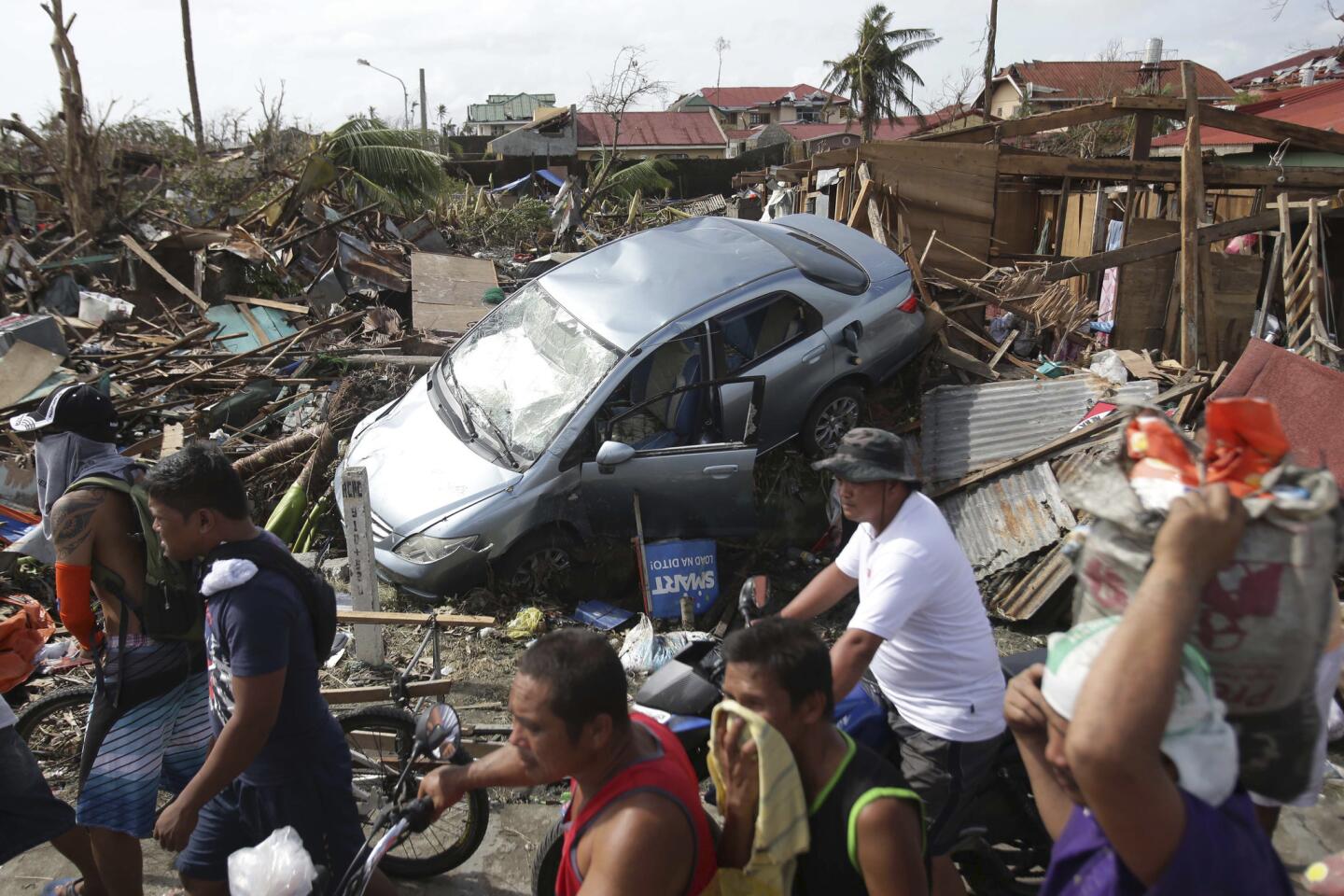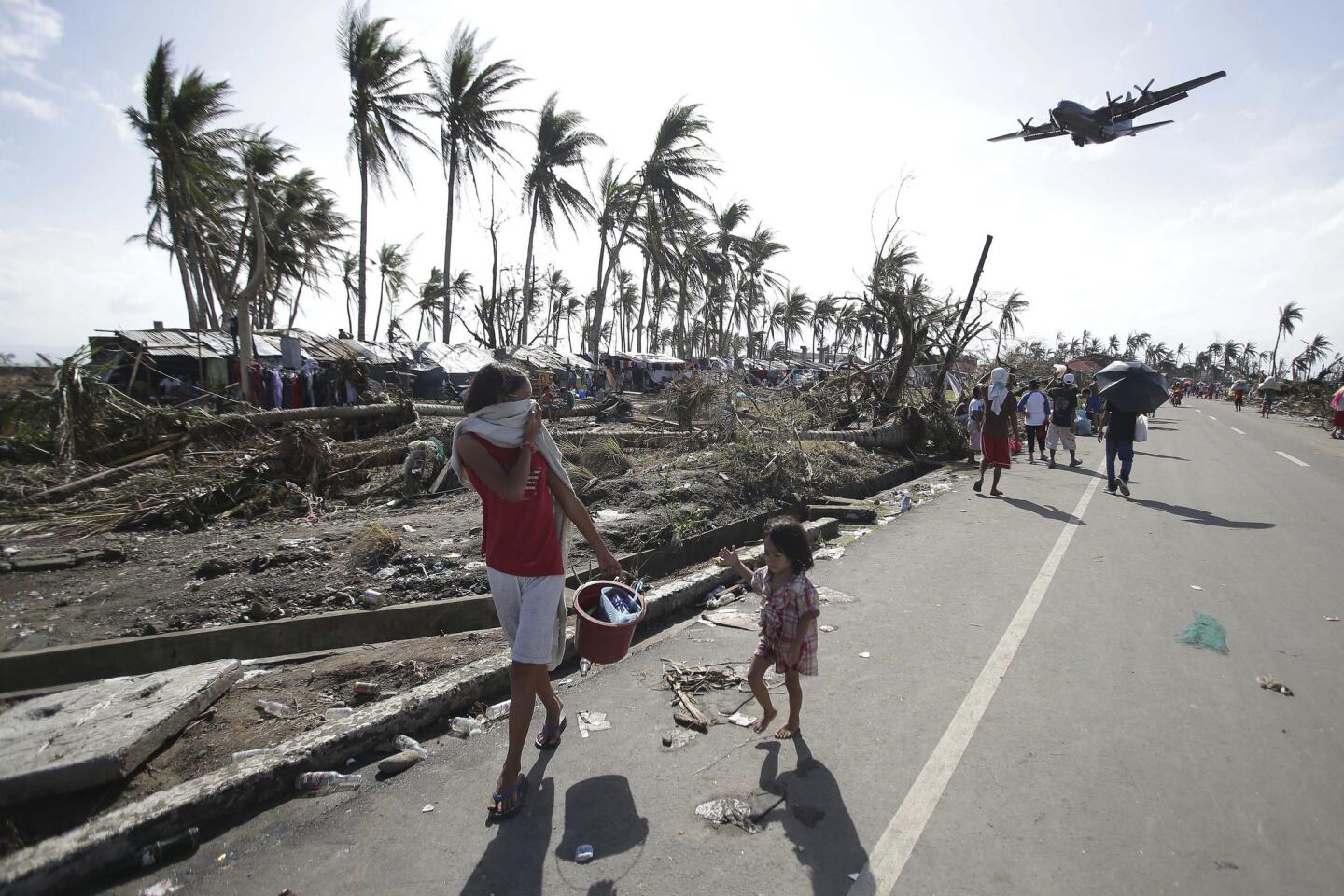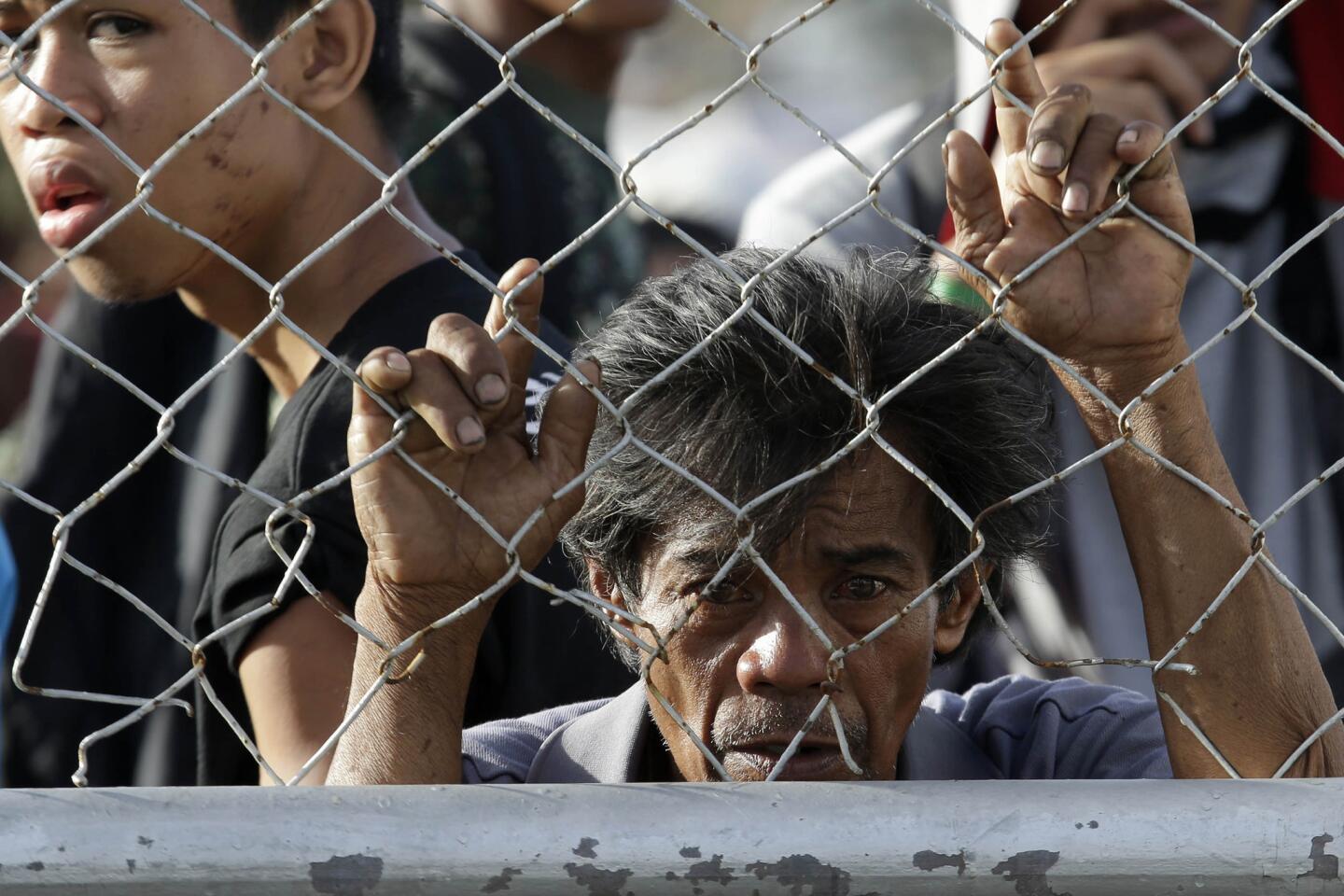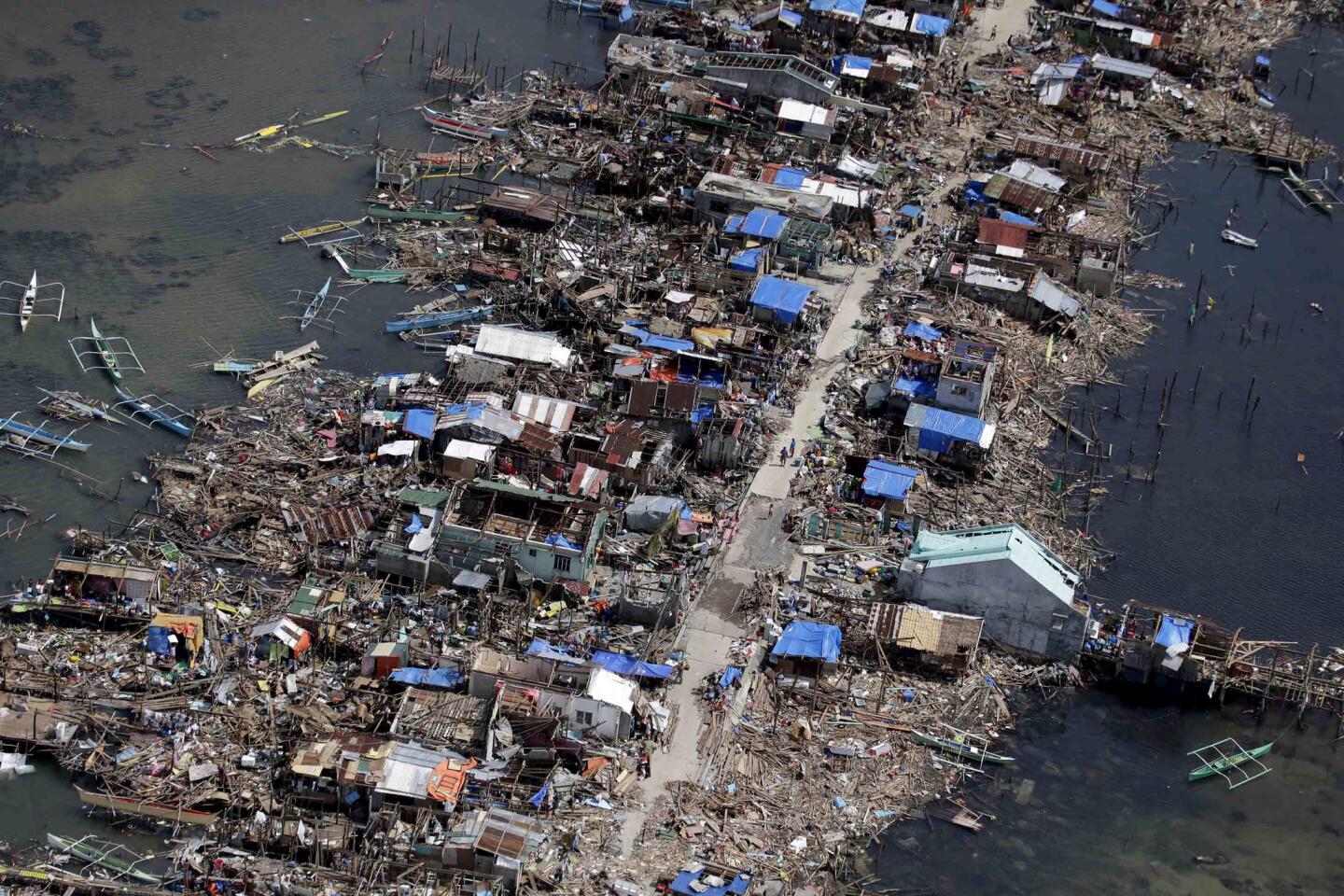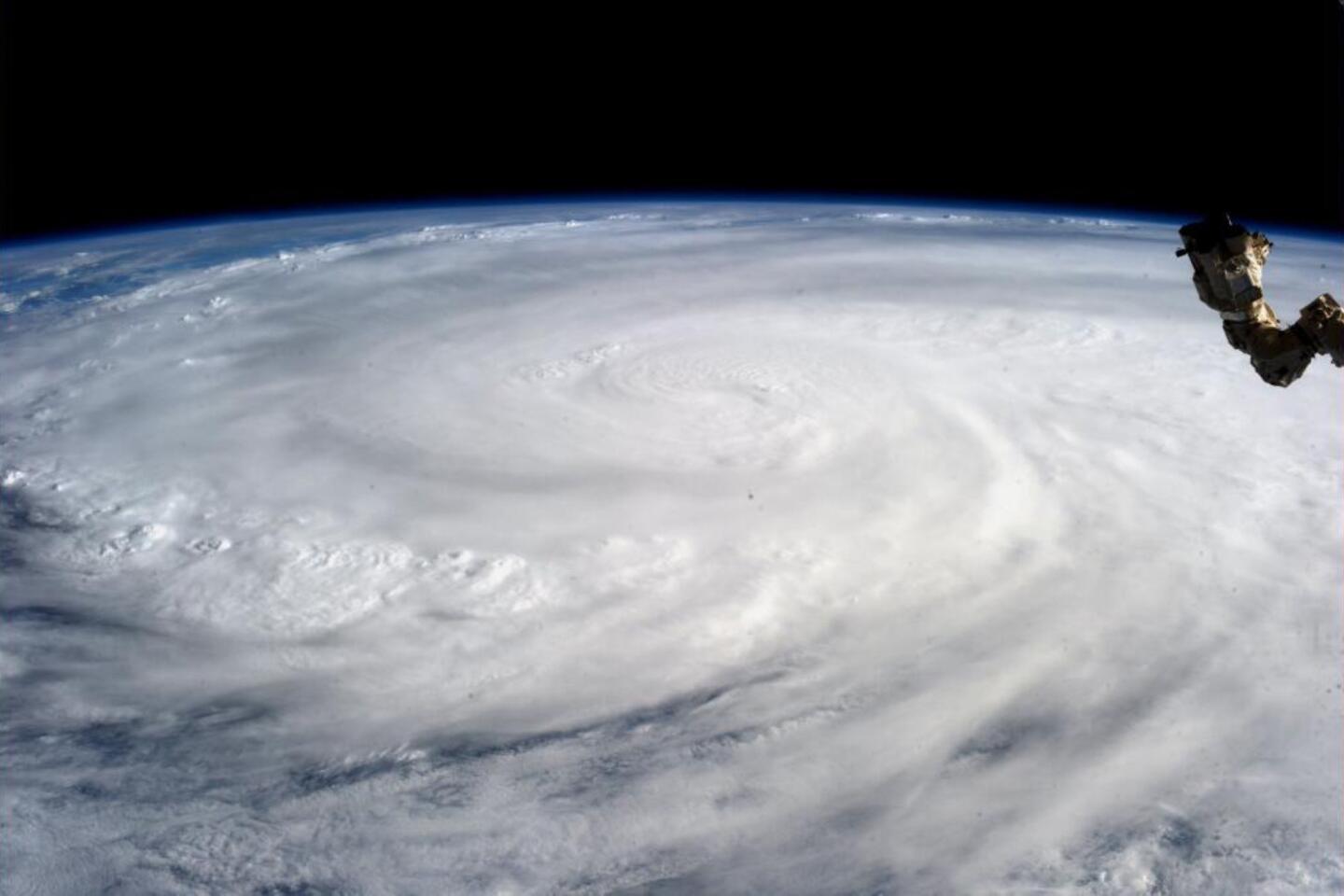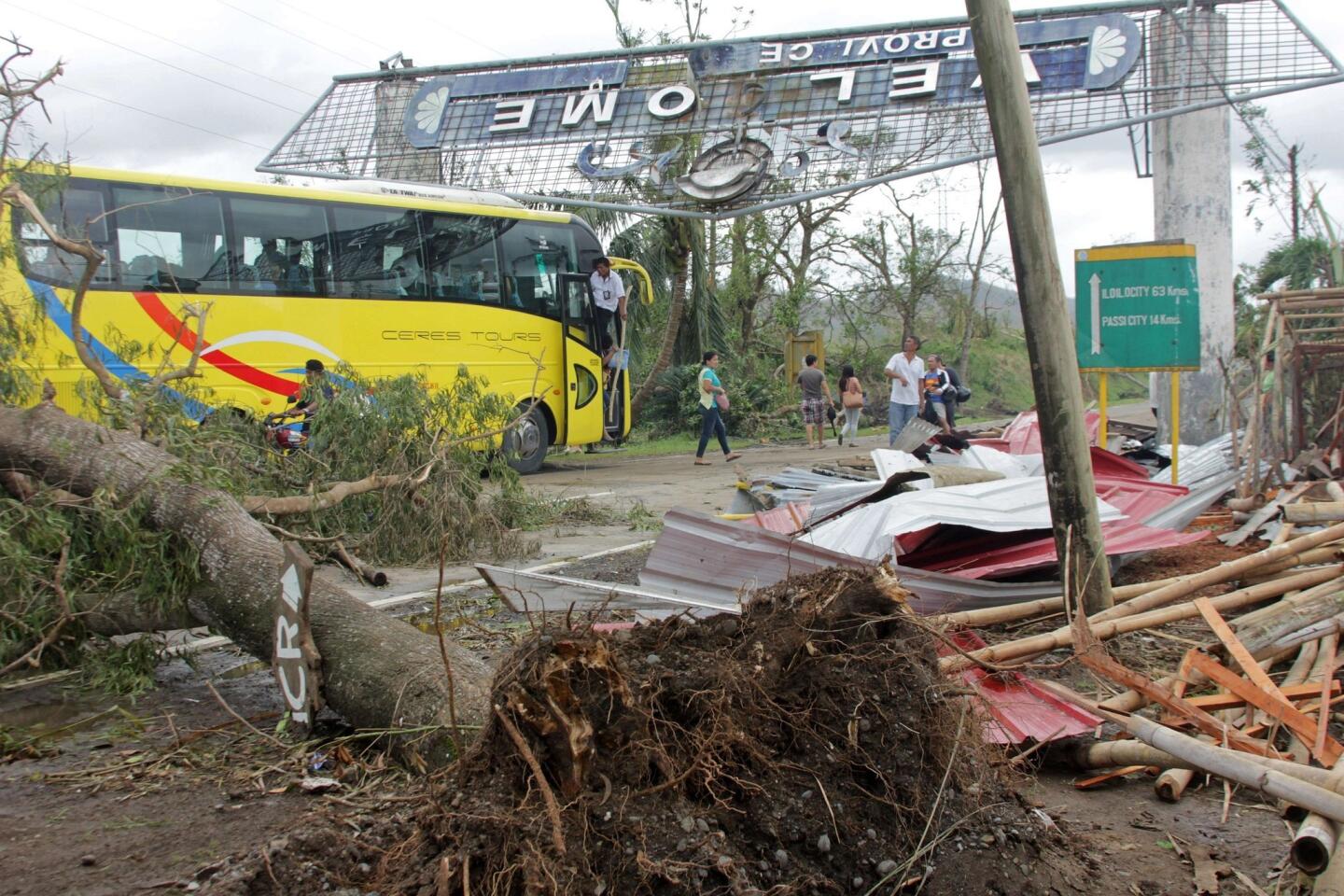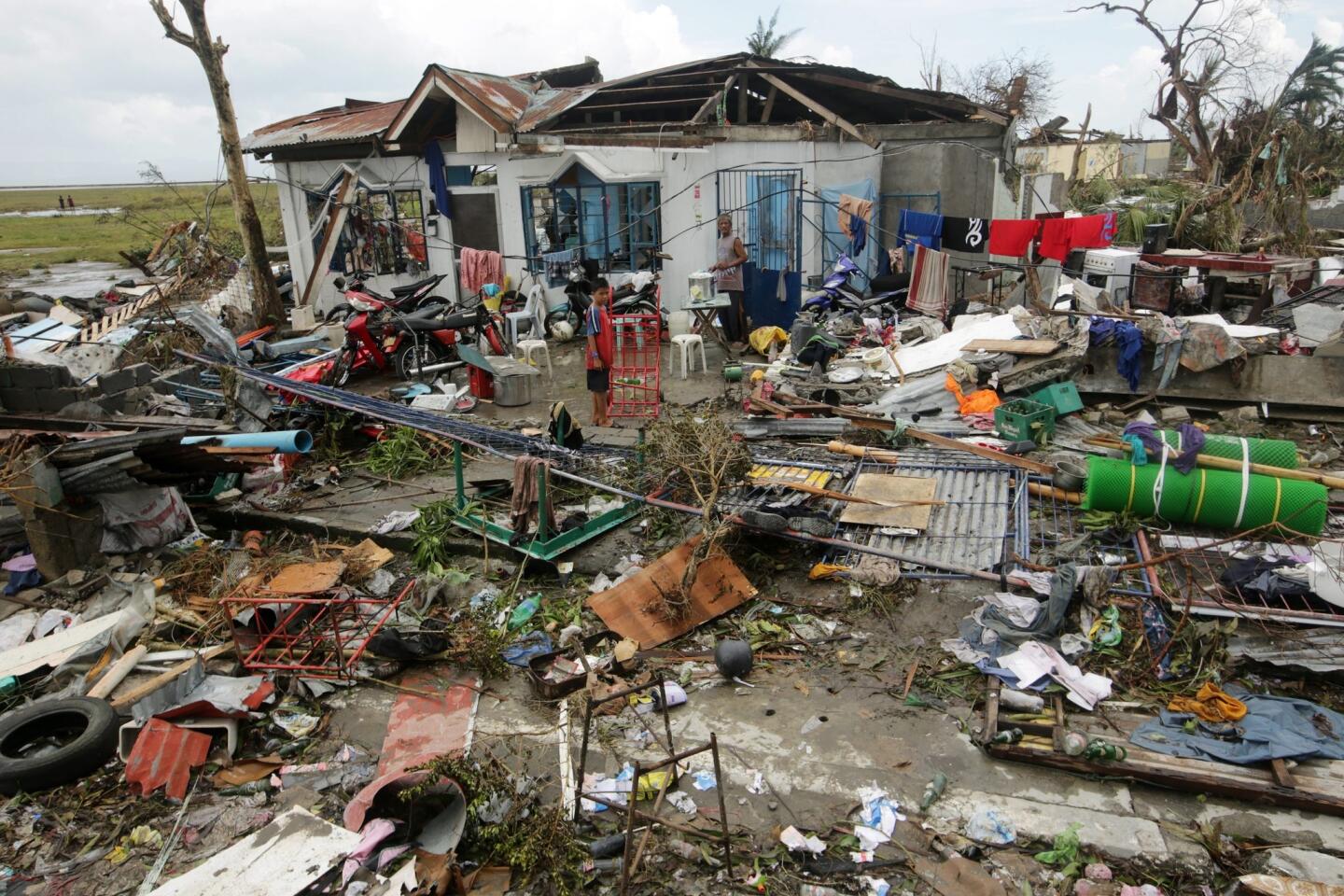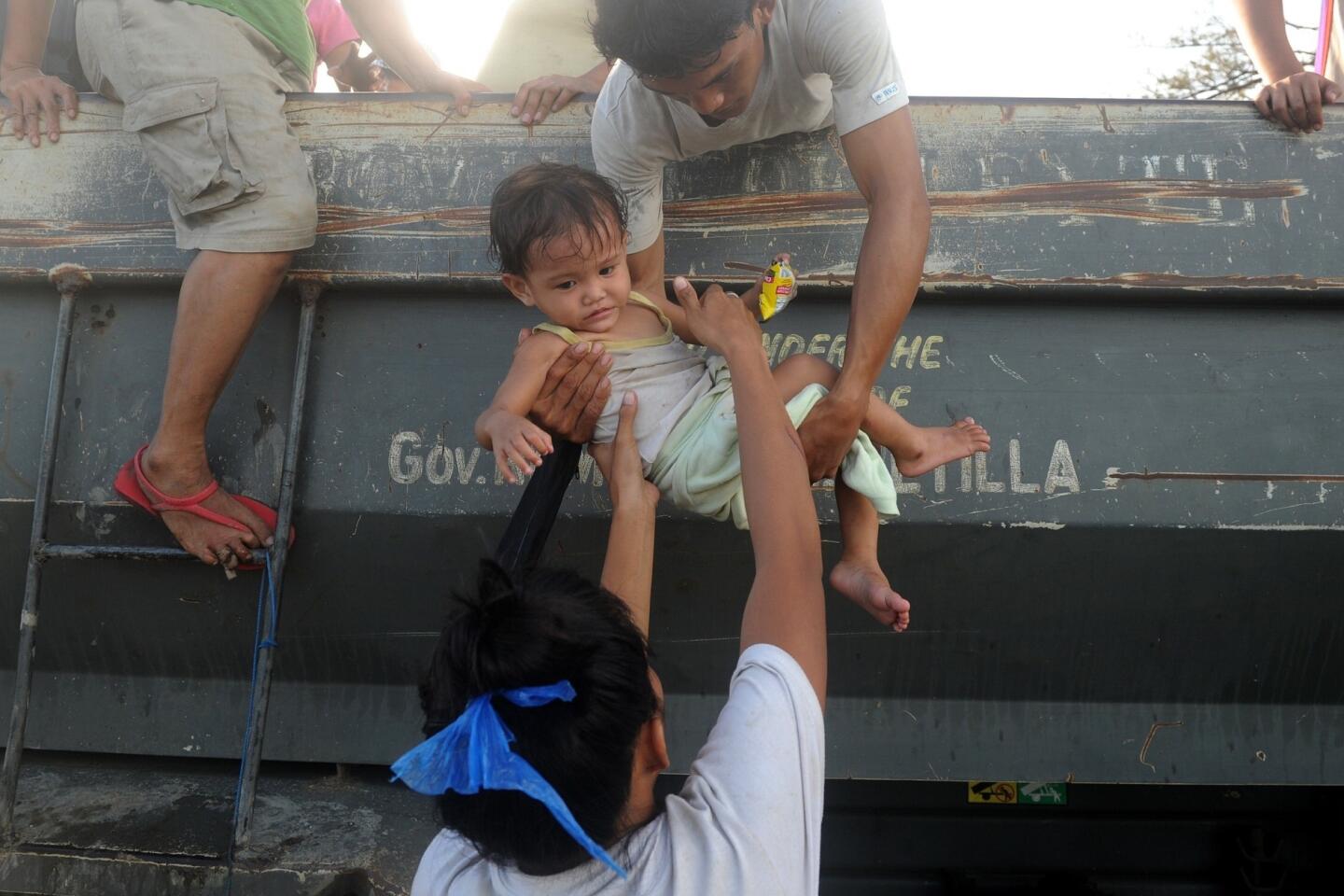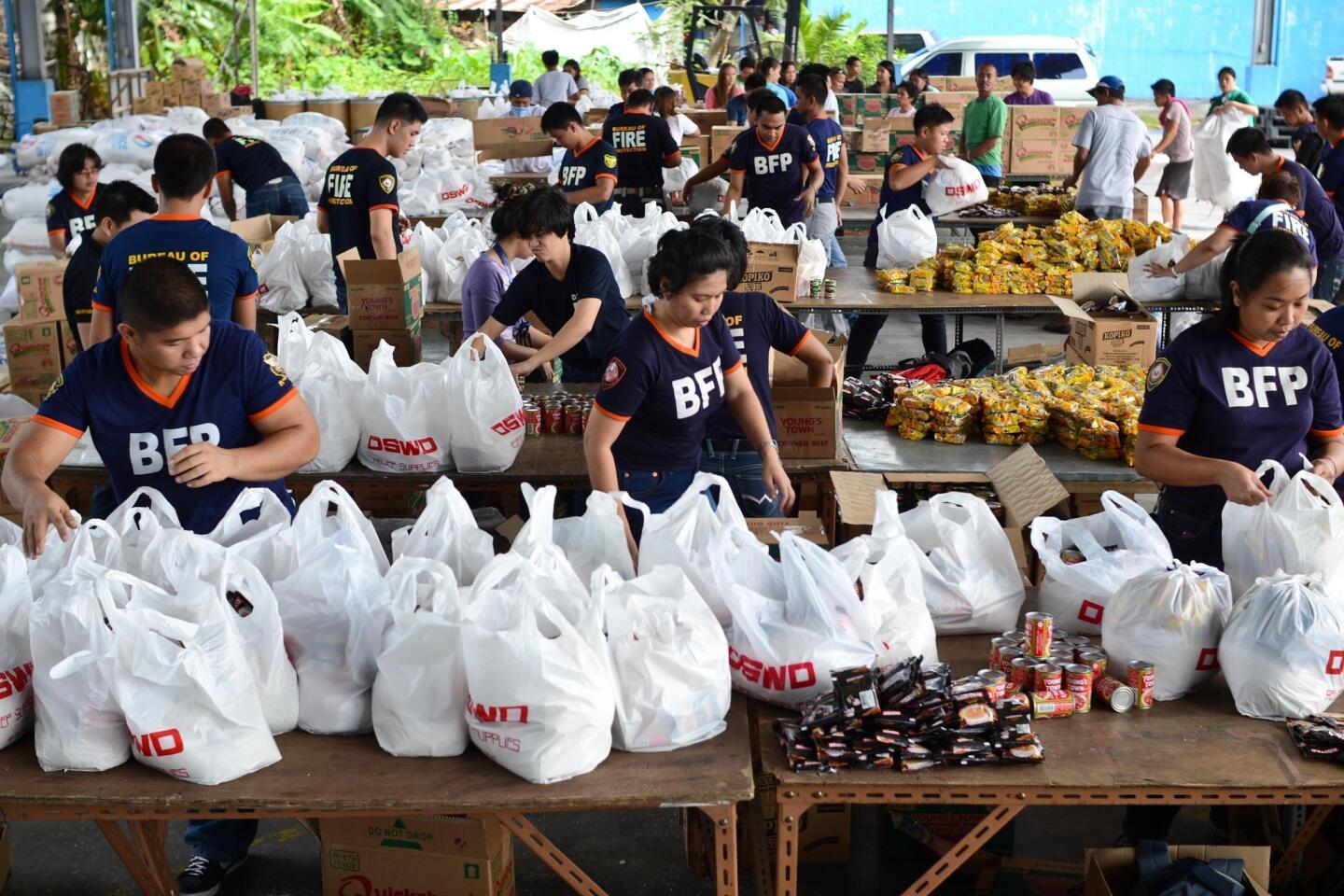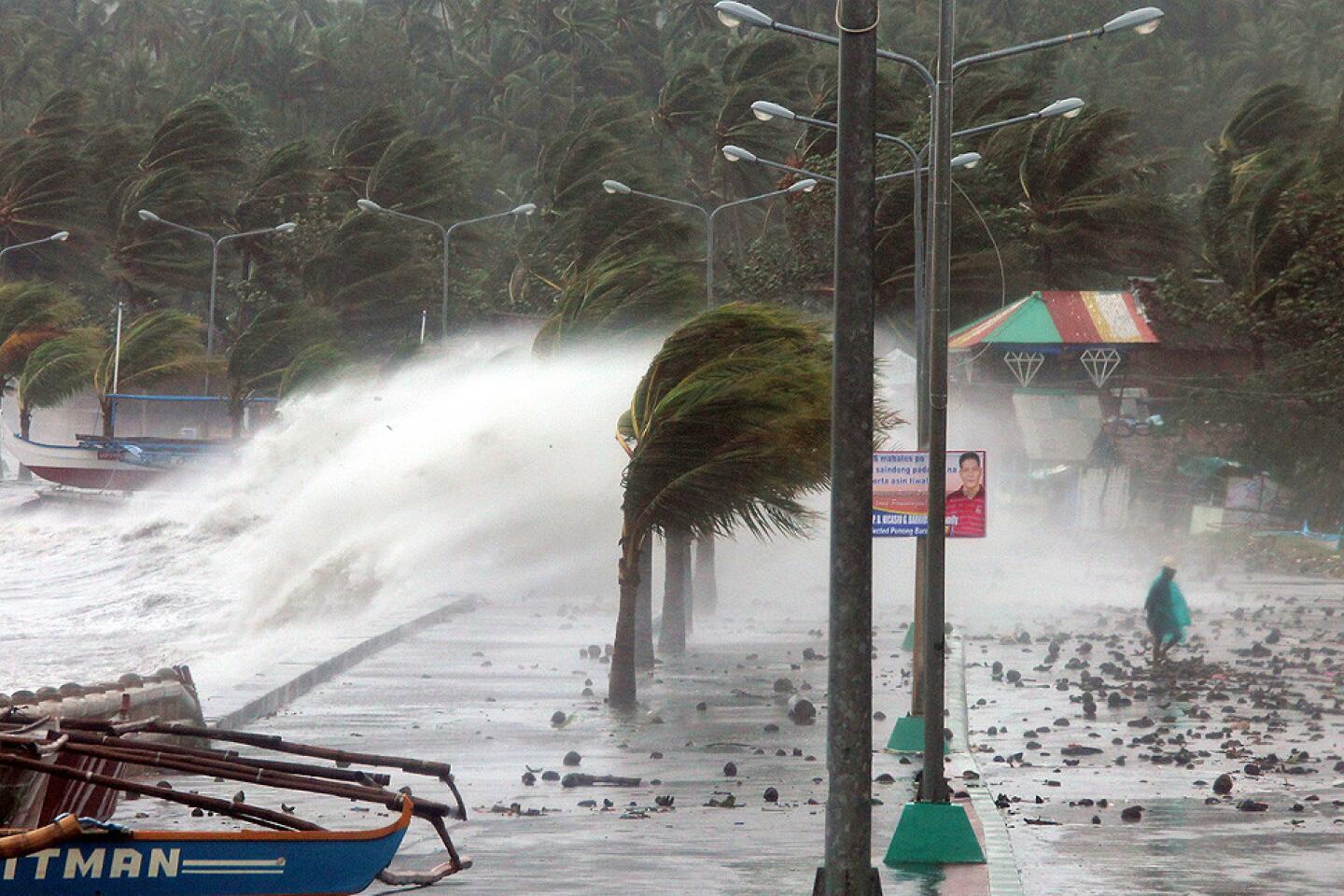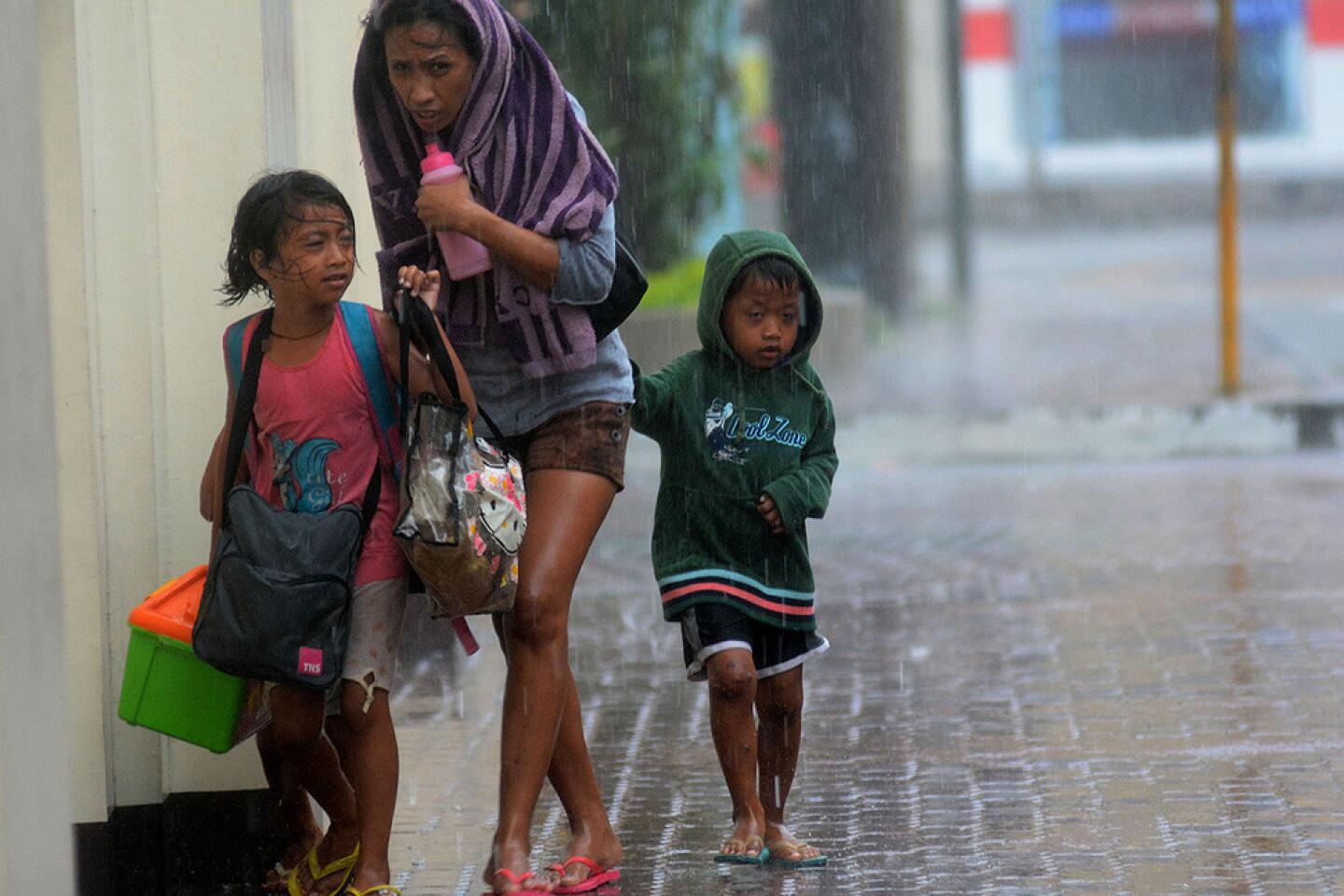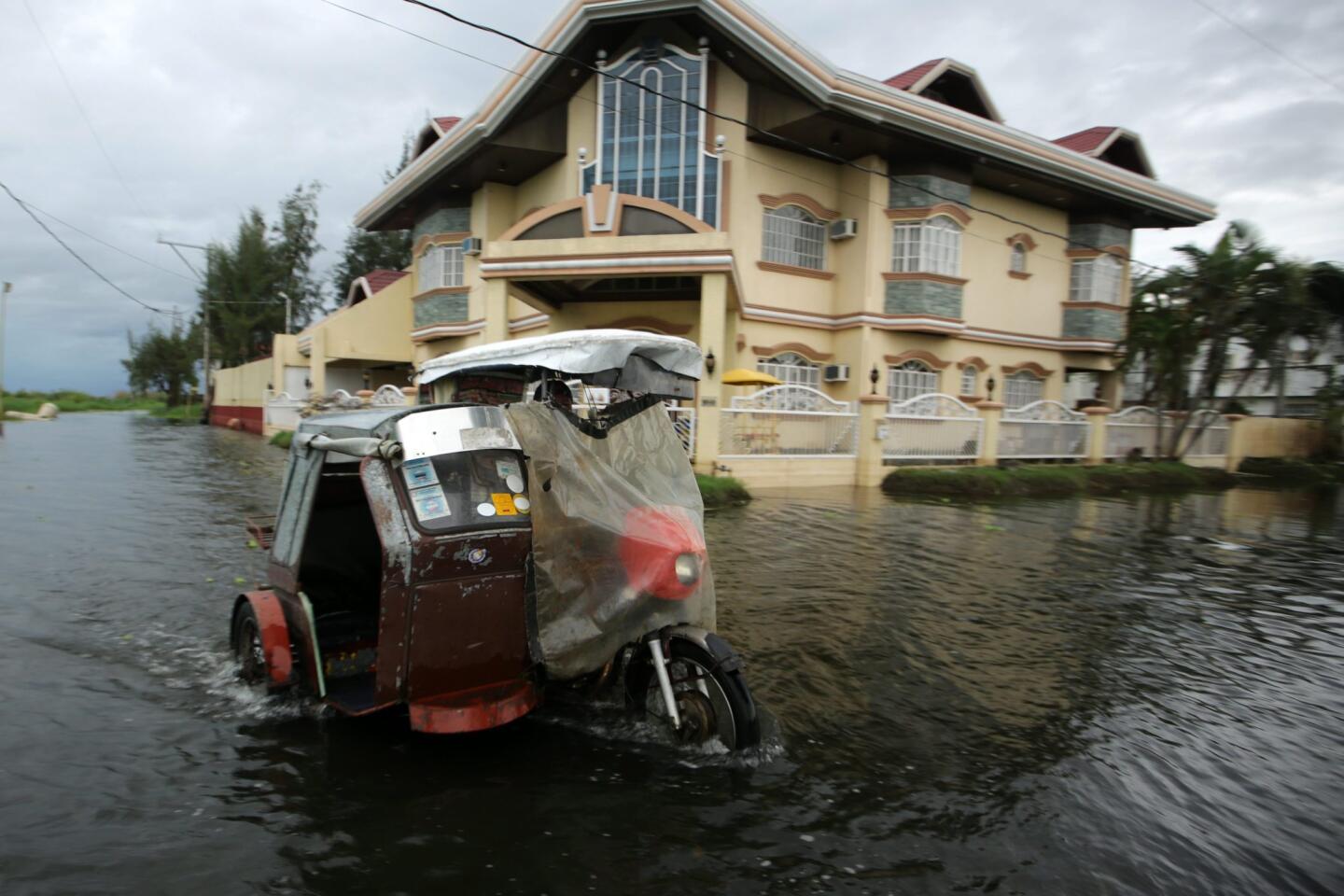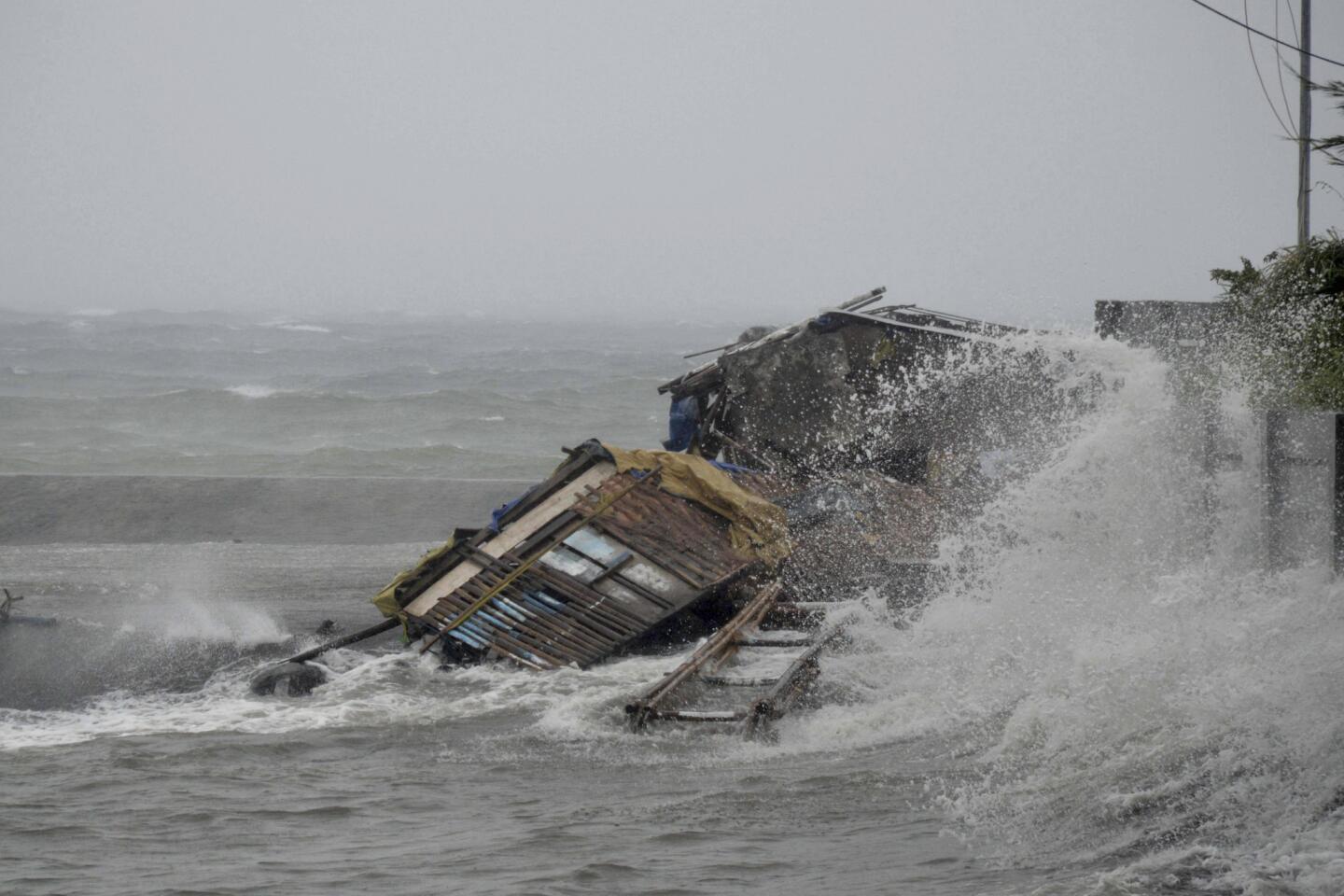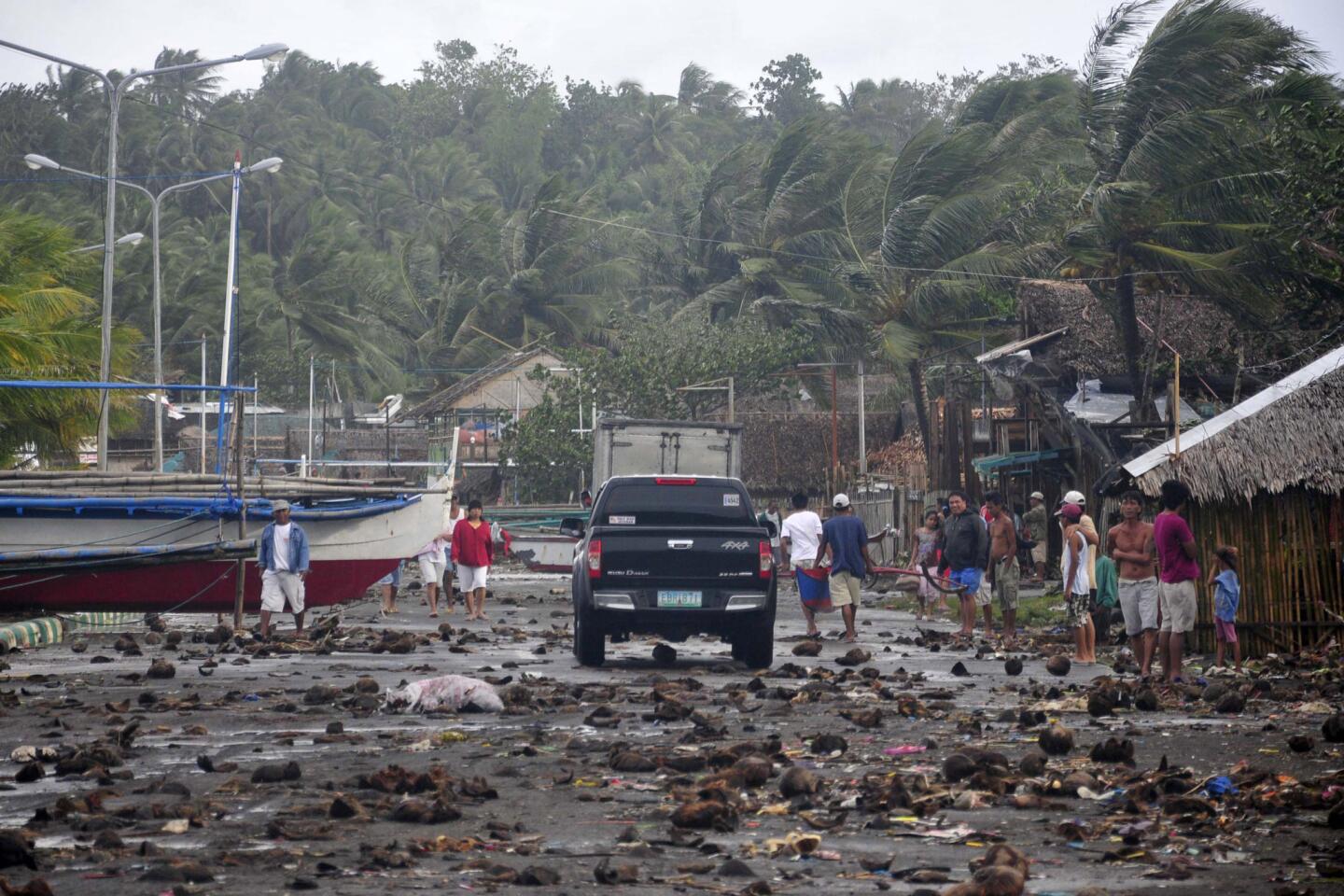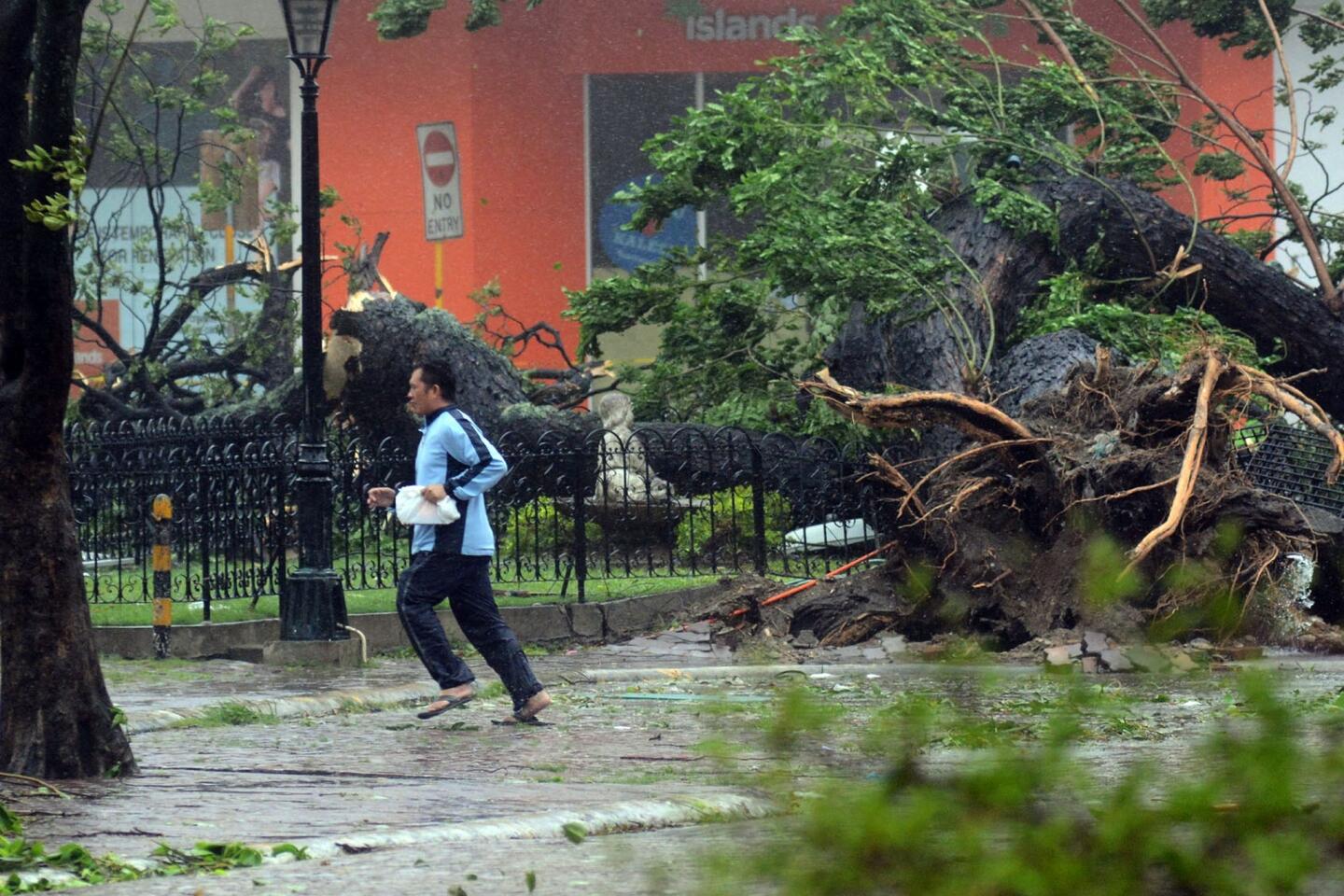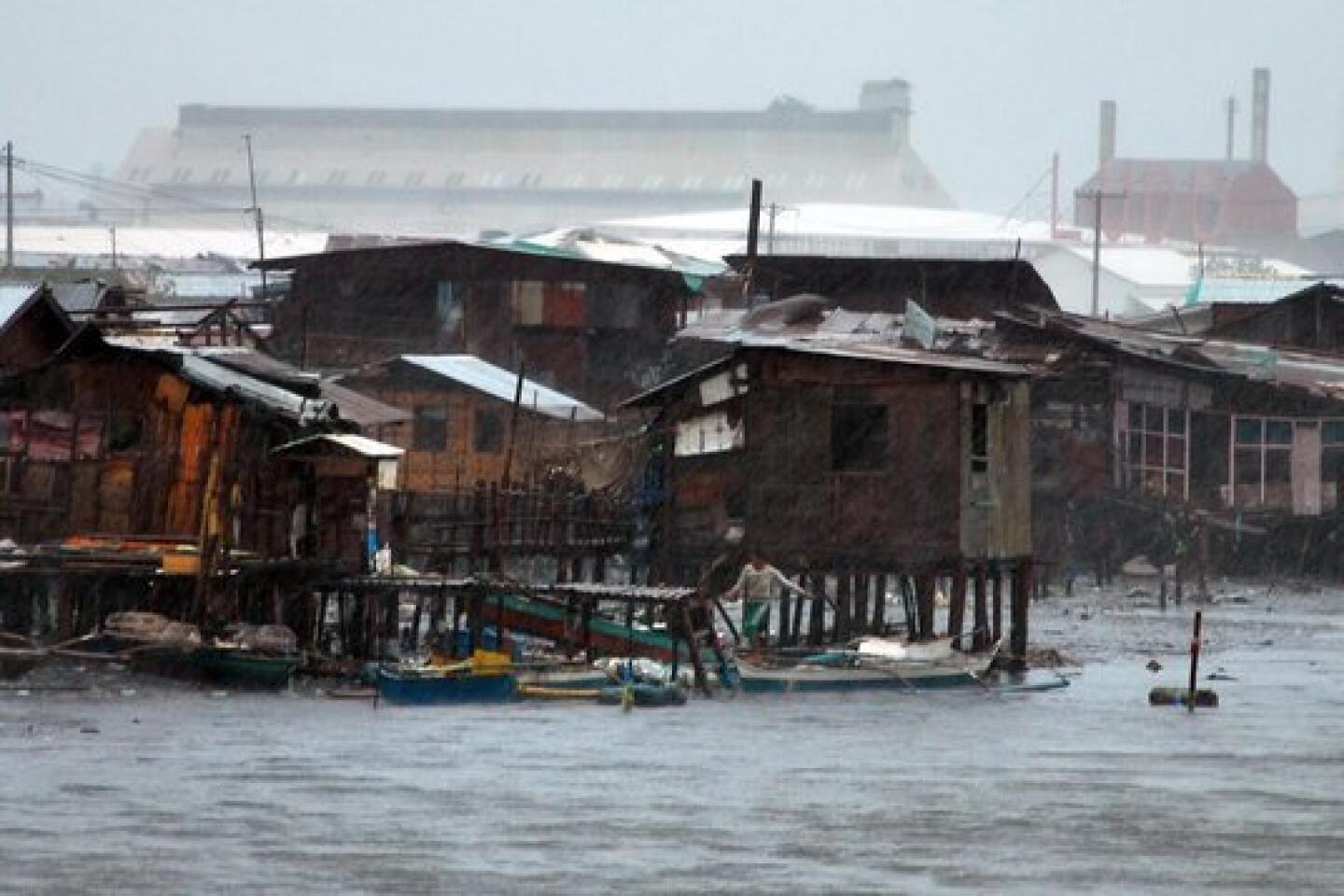Monitoring a climate epidemic
At the U.N. climate negotiations in Warsaw on Monday, the lead Philippine delegate, Yeb Sano, made an emotional plea: “Typhoons such as Haiyan and its impacts represent a sobering reminder to the international community that we cannot afford to procrastinate on climate action.”
But was Sano’s statement consistent with the science? Most of the scientists who have been asked that question in recent days have replied with dutiful statements that sound like “no.” No single event can be attributed to climate change. No trends can yet be clearly detected — above the noise of natural variability — to indicate the increases in tropical cyclone intensity that we expect global warming to bring.
These statements are factually correct. But Sano is right too.
PHOTOS: Typhoon Haiyan slams Philippines
The climate is warming because of human-created emissions of greenhouse gases. Scientists can say that much easily, without hedging.
How does this warming influence extreme weather events? Because climate is the average, and extreme events are, by definition, anything but average, that is a more complicated question. But it isn’t quite as complicated as scientists tend to make it.
Consider the relationship between cancer and smoking. (Some of the most prominent and influential climate-change deniers were also, decades ago, deniers of the harmful effects of cigarettes.)
Any individual cancer, on its own, can’t be conclusively proved to be caused by smoking. You can get cancer without smoking: from asbestos or radon or from other people smoking in your home or workplace. The relationship between smoking and cancer is statistical; it becomes clear in the aggregate. Other factors might have played roles in each individual case. In that, it’s like greenhouse warming and extreme weather events.
To make the analogy a little better, imagine we don’t know everything we need to know. Did the smoker have a genetic predisposition to cancer, or live in a place with bad air pollution? Say we don’t know. Then we really can’t conclusively identify smoking as the predominant cause.
At some point, though, a causal link can become too strong to deny. Today, if we see a two-pack-a-day smoker, who started smoking in her teens, get lung cancer in her 40s, we feel confident in saying that the cigarettes probably caused it.
But this analogy overstates the case of Haiyan and climate. So instead, imagine a patient who smokes only a couple of cigarettes a day and then, in his 60s, gets a disease that has been linked somewhat convincingly to smoking but also to a range of other factors. Let’s say the patient gets heart disease. Let’s also say the patient is sedentary, overweight, has high cholesterol and eats fatty food.
Now, if you’re that patient’s doctor, you might not focus too much on the smoking, relative to the other factors. In that sense, the doctor is a bit like the weather forecaster, who is more focused on the specific events underway now. Global warming isn’t a big factor in any single weather system, or even any individual year’s worth of weather, and it may be reasonable for the forecaster to ignore it.
But let’s say you’re an epidemiologist. The patient dies, and a reporter asks you: Did smoking kill him? Let’s say you live in a time, like the 1960s, when the scientists who are studying the problem have uniformly concluded that smoking kills, but a large fraction of the population (including many members of Congress) doesn’t believe it, because of a disinformation campaign funded by tobacco companies.
Do you focus on the uncertainty? Or, recognizing that part of what the reporter is asking is, “Is smoking really a serious problem?” do you look for a way to say, “Yes, it is”? Do you say, perhaps, that this person’s death is one more example of what we should expect if we keep smoking?
Isn’t that what Yeb Sano said in Warsaw?
When we emphasize the uncertainty, we appear to justify a course of no action on climate.
Instead, we might focus on the reality of the threat that warming poses, even though we can’t say with any certainty that it caused the particular case in front of us. We might focus on the fact that we expect warming to cause exactly this type of extremely intense typhoon to occur more often — as well as a range of other harmful and irreversible consequences, some of them quite certain.
Then we might be seen as overreaching. Saying those things, when we were asked only about Haiyan, implies a link that we can’t justify. Scientists are trained not to overreach.
But which is worse? At present, it seems that the human race stands little risk of overreacting to global warming but a great risk of underreacting.
So we’re with Yeb Sano. Haiyan represents a sobering reminder to the international community that we cannot afford to procrastinate on climate action. And uncertainty is not an excuse for inaction.
Adam Sobel is an atmospheric scientist and professor at Columbia University. His book on Superstorm Sandy will be out next year. Naomi Oreskes is a professor of the history of science at Harvard University and the coauthor of “Merchants of Doubt: How a Handful of Scientists Obscured the Truth on Issues from Tobacco Smoke to Global Warming.”
More to Read
A cure for the common opinion
Get thought-provoking perspectives with our weekly newsletter.
You may occasionally receive promotional content from the Los Angeles Times.

